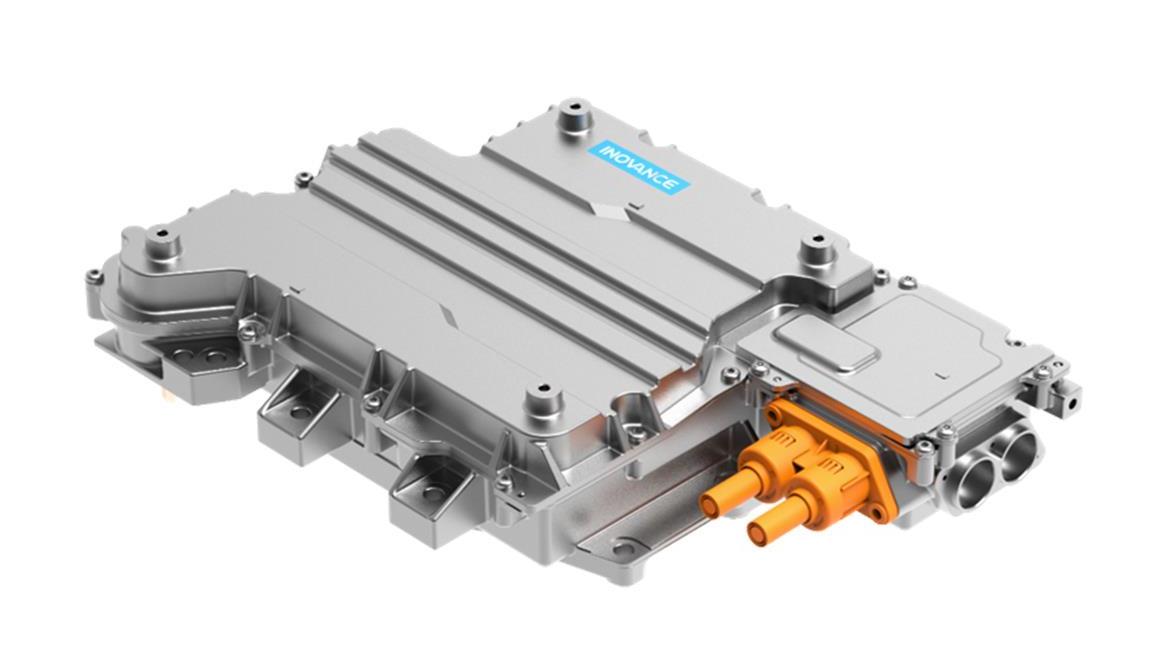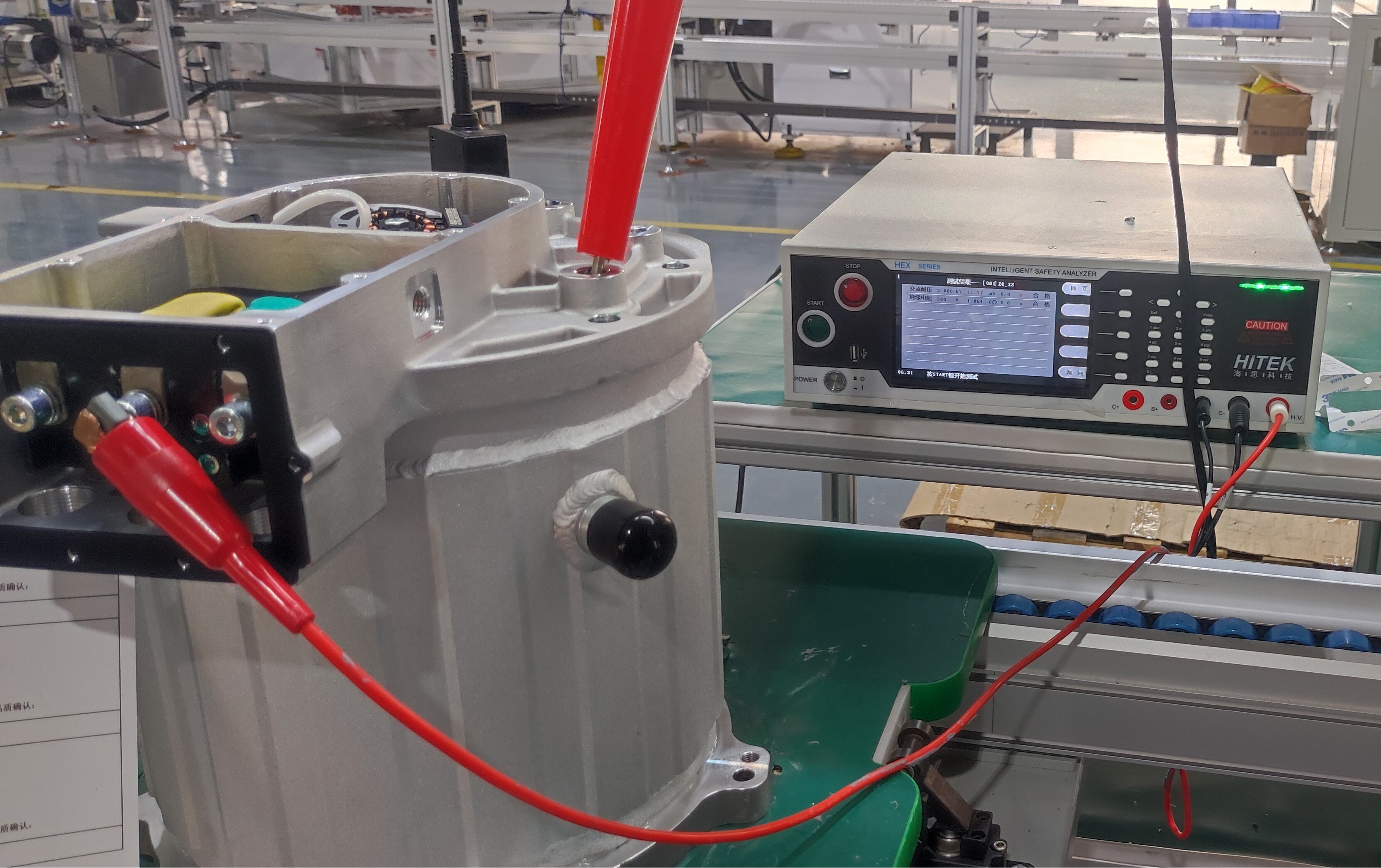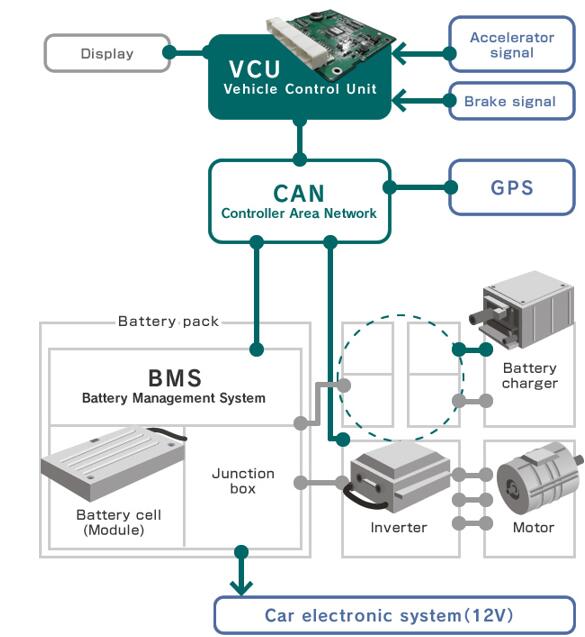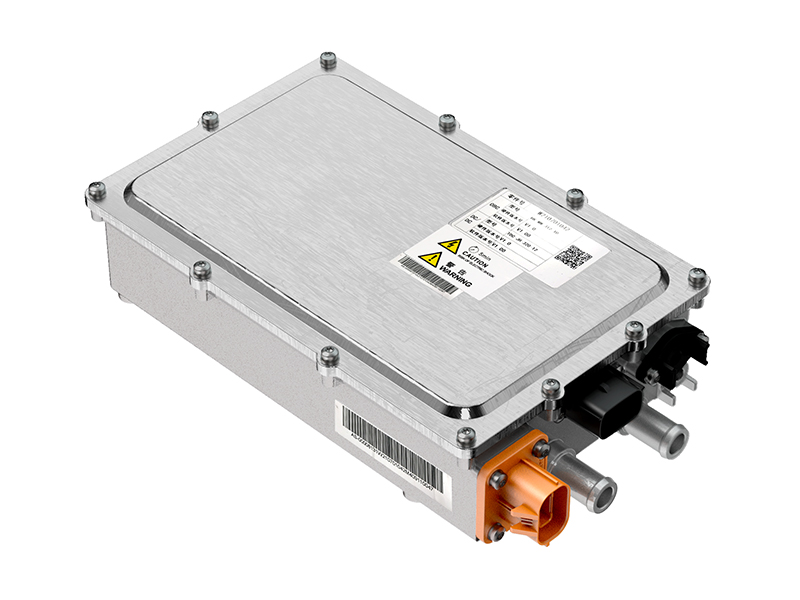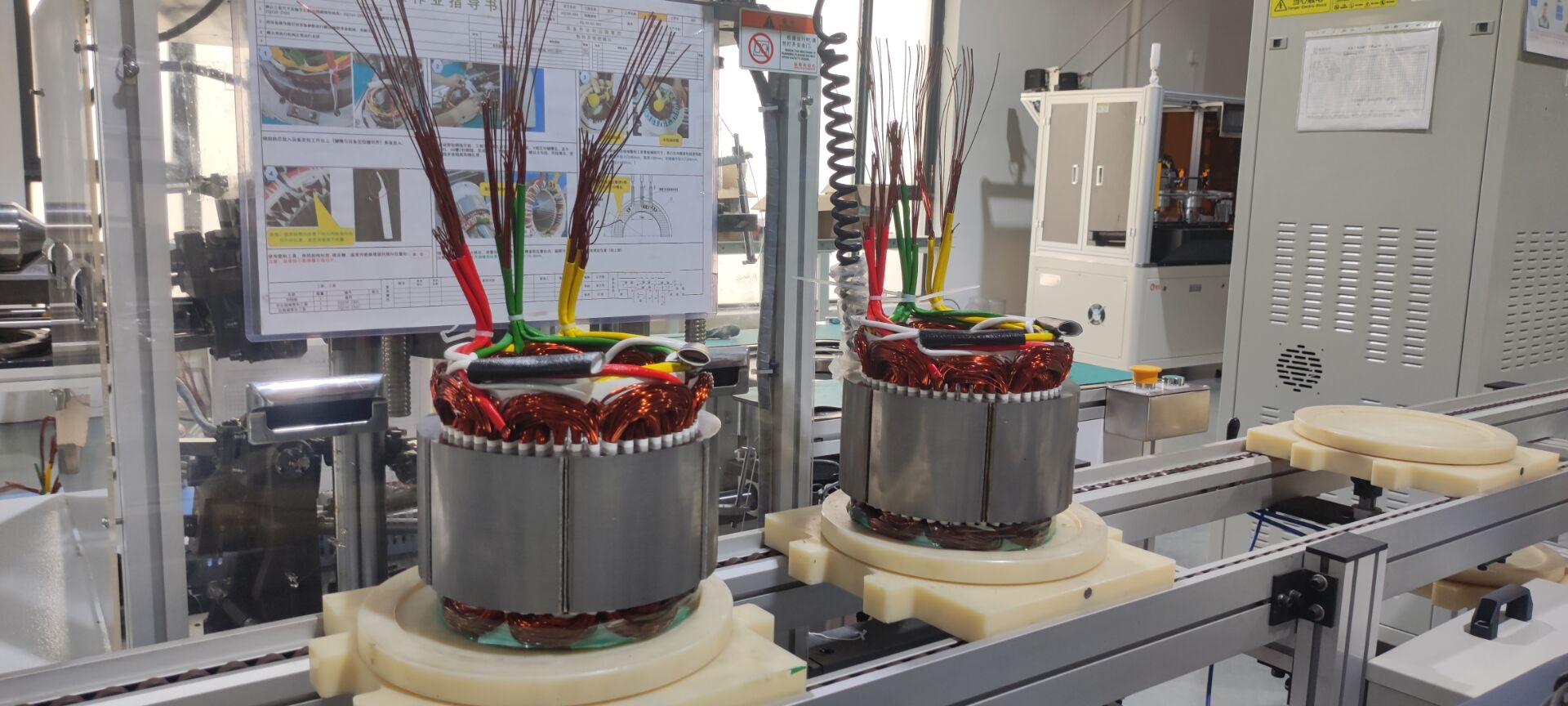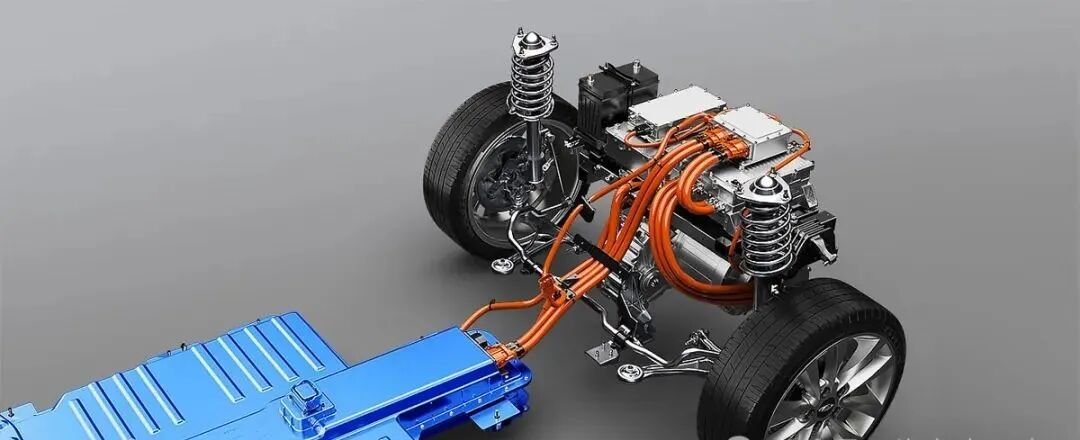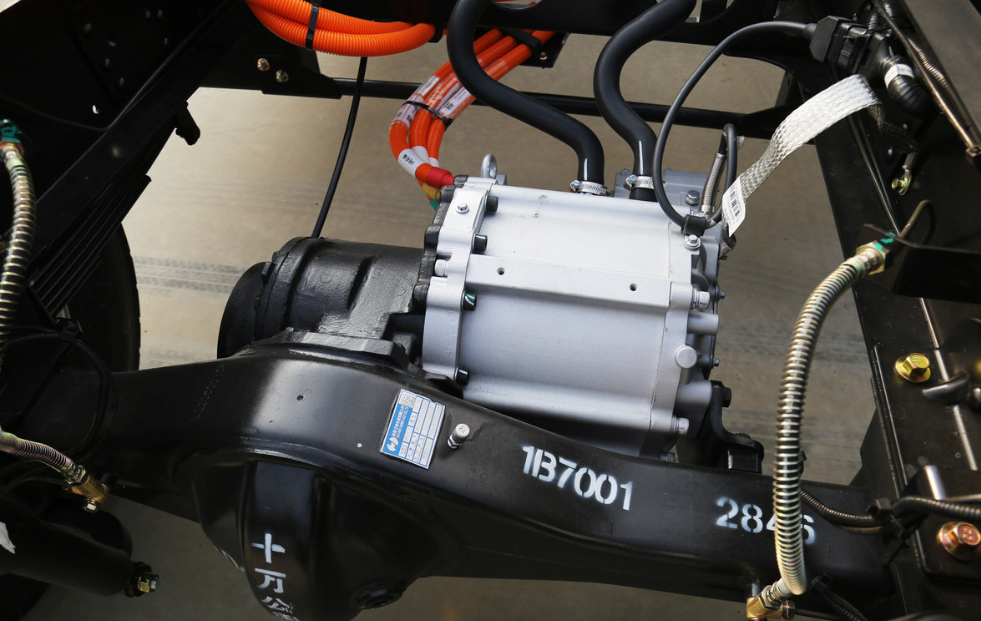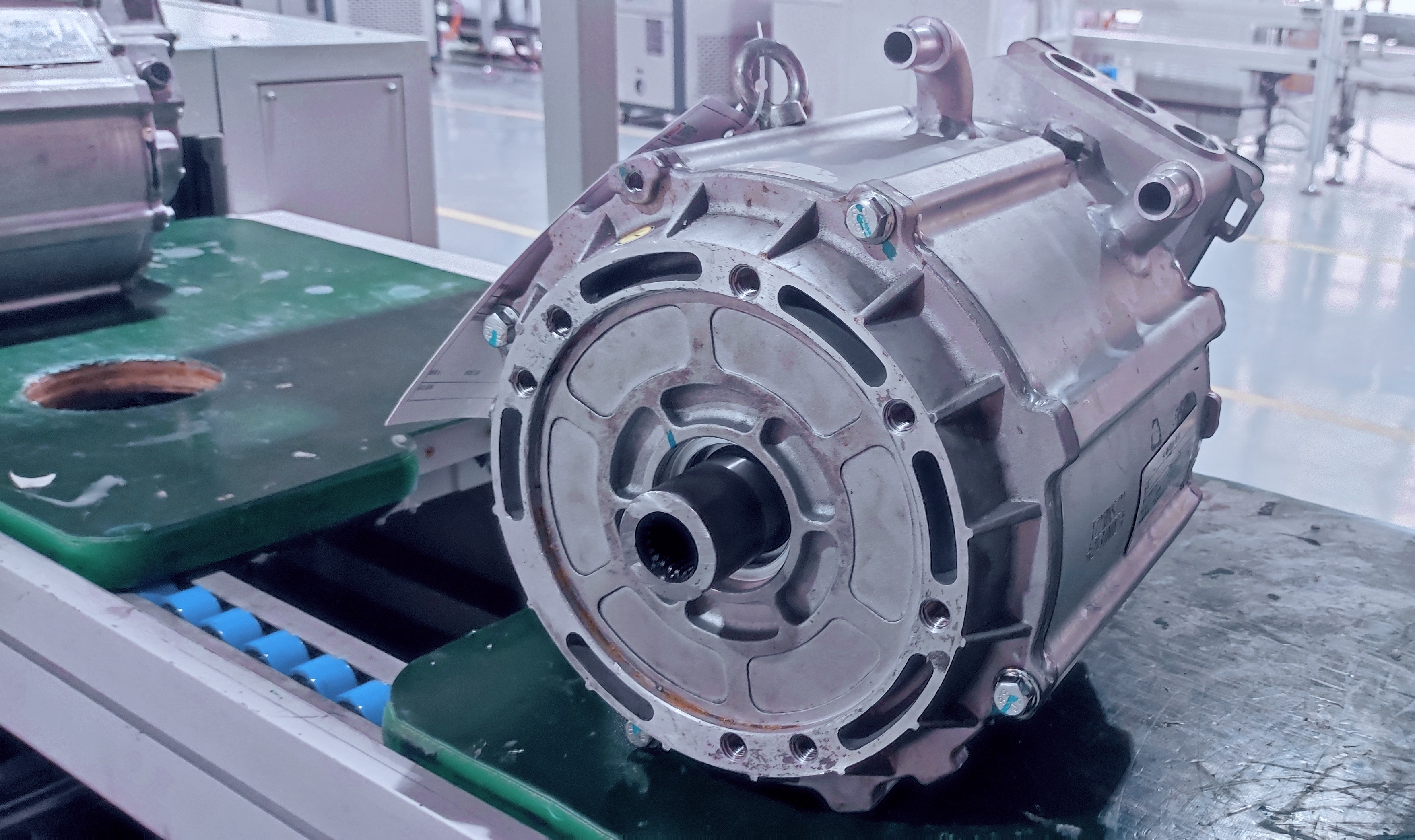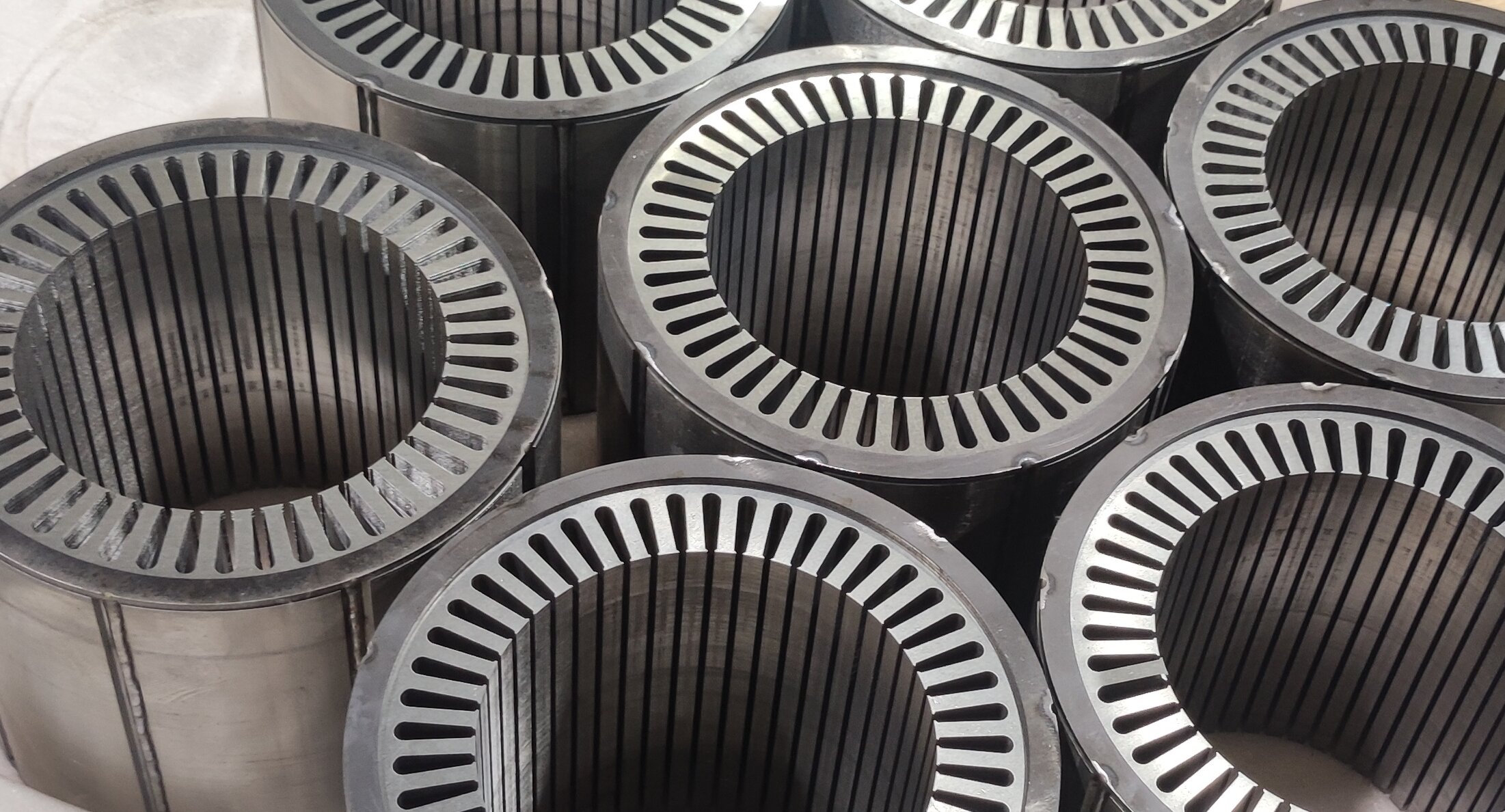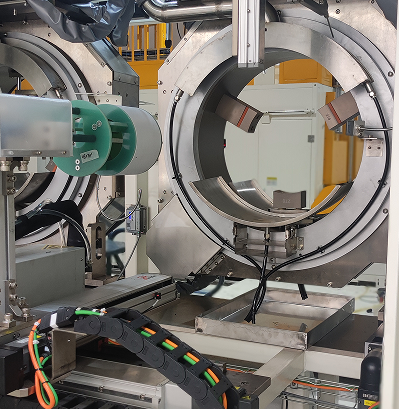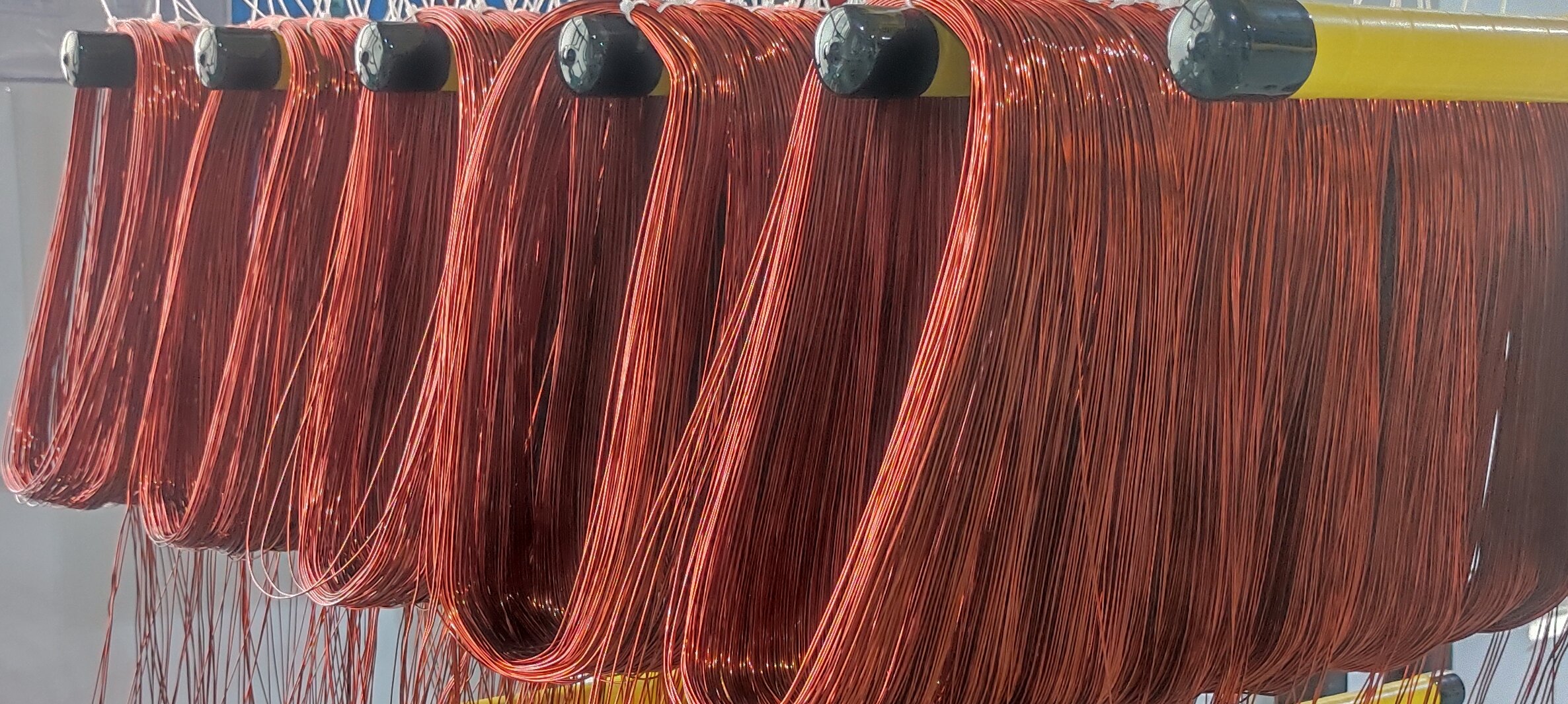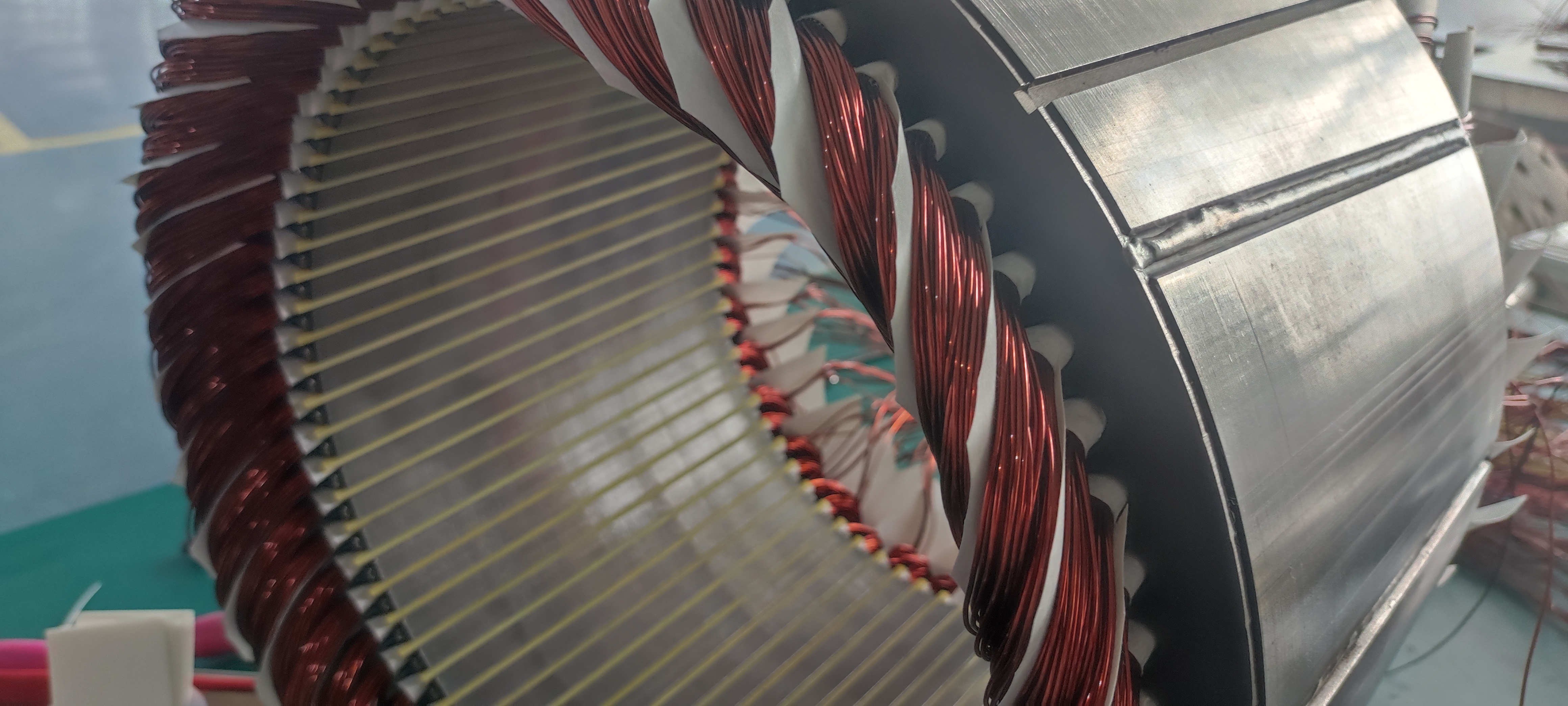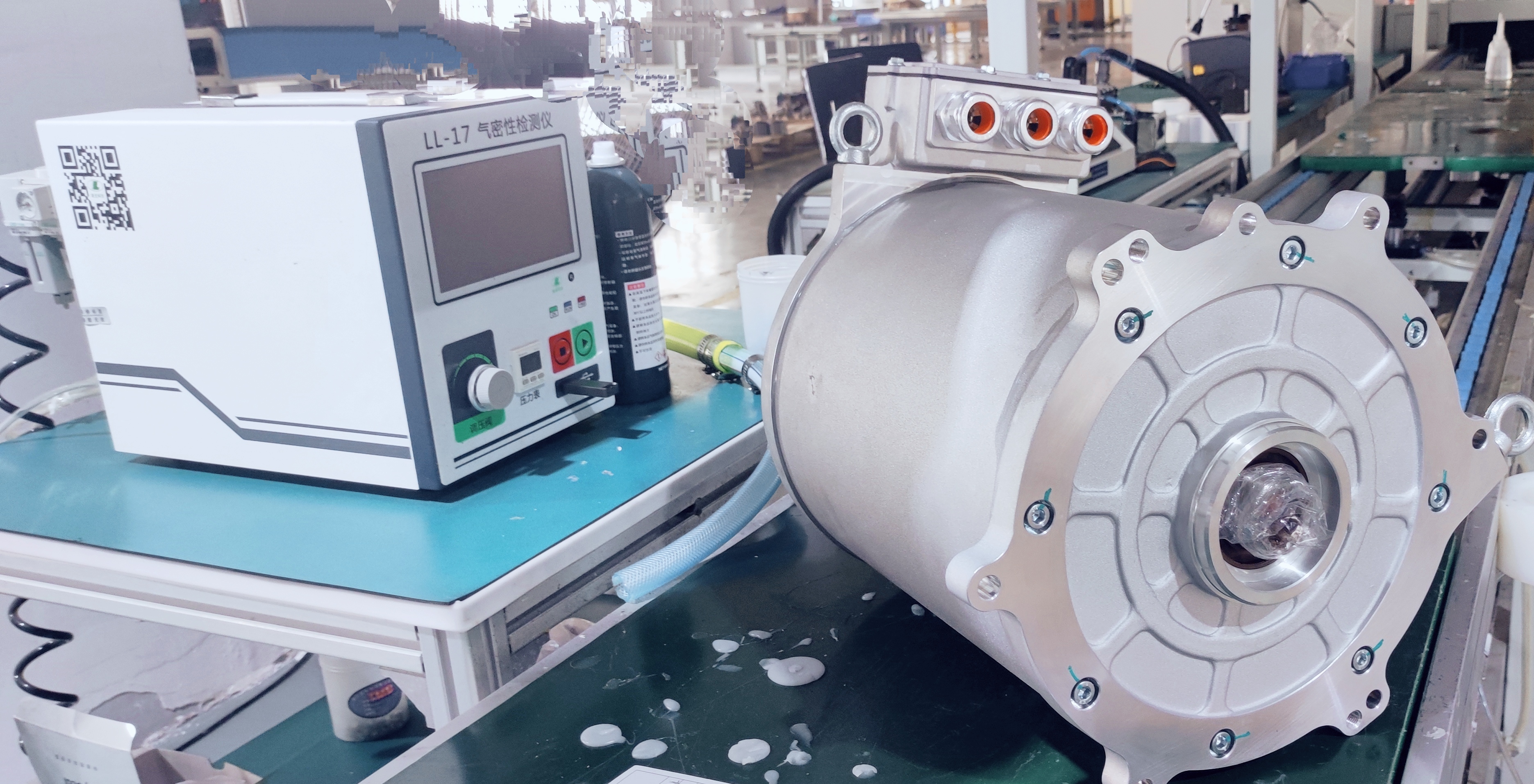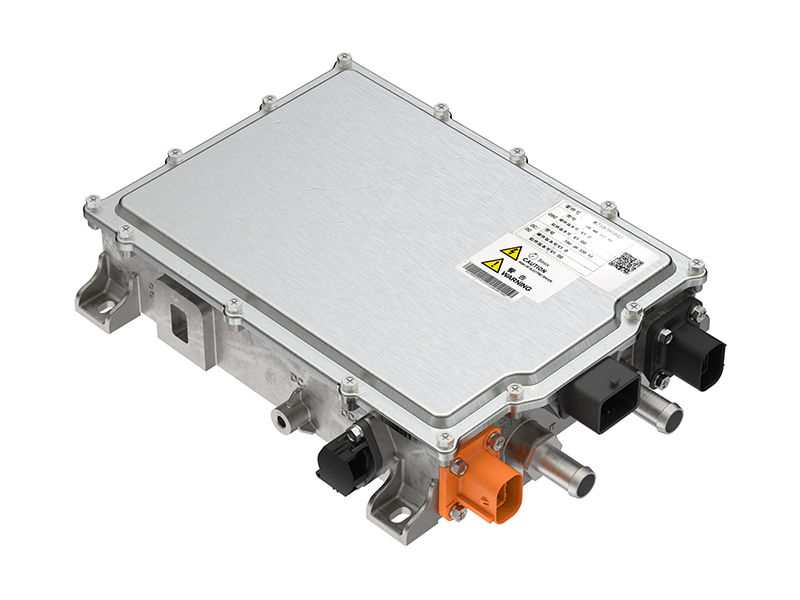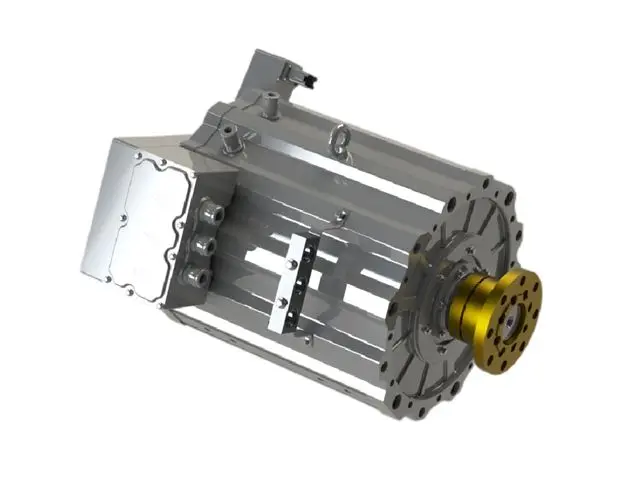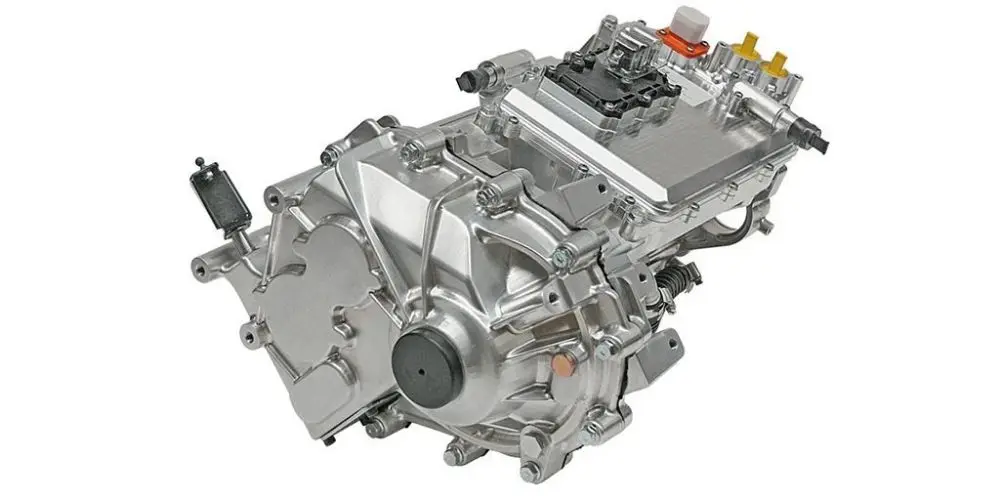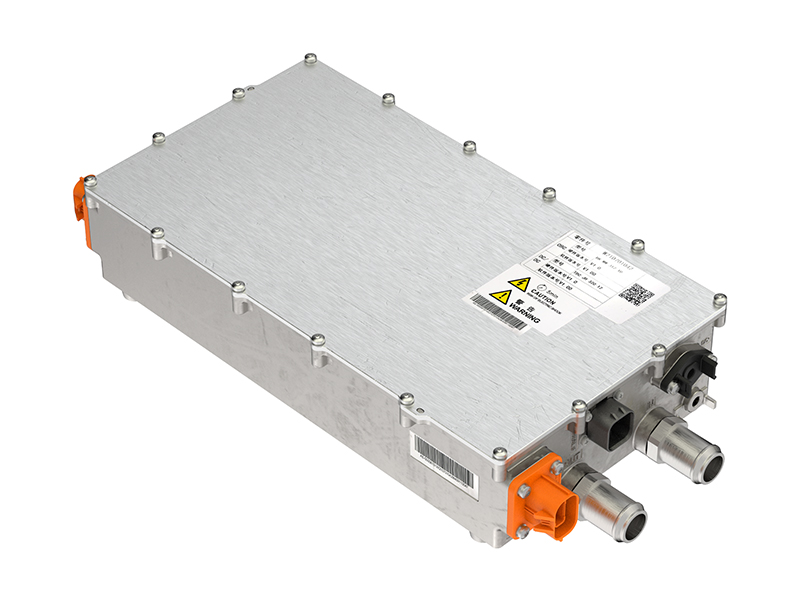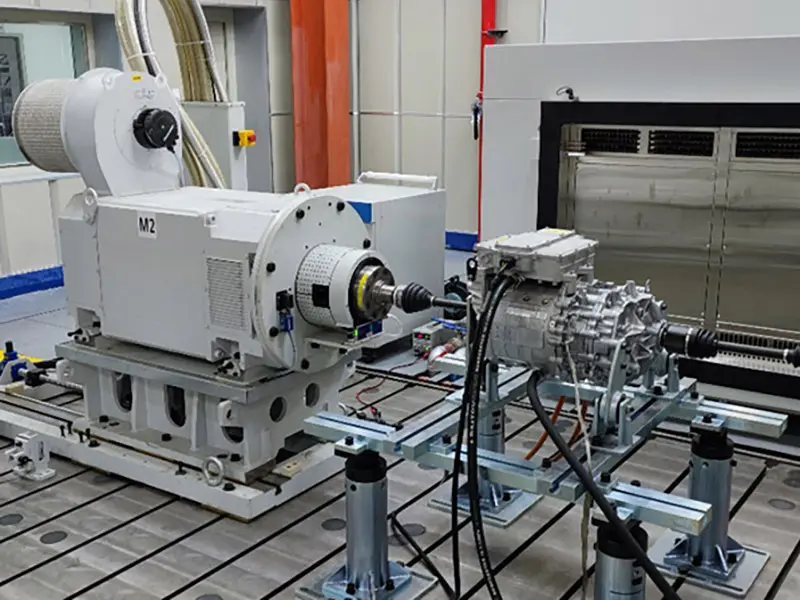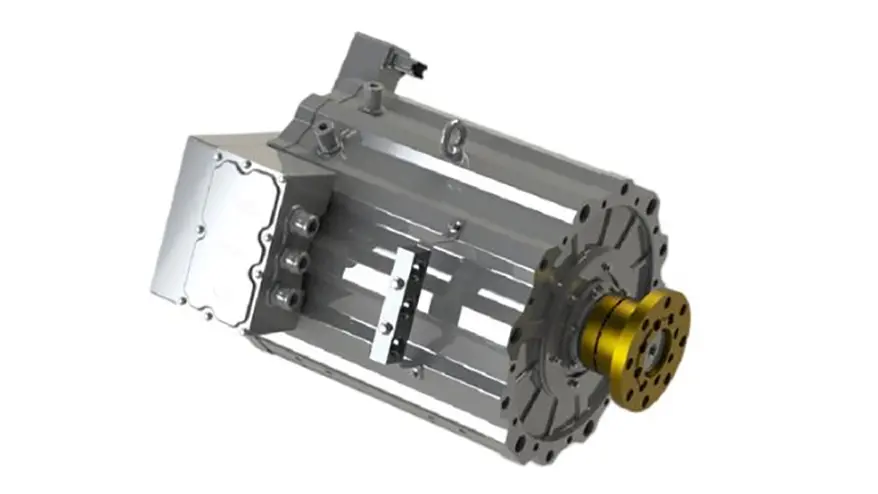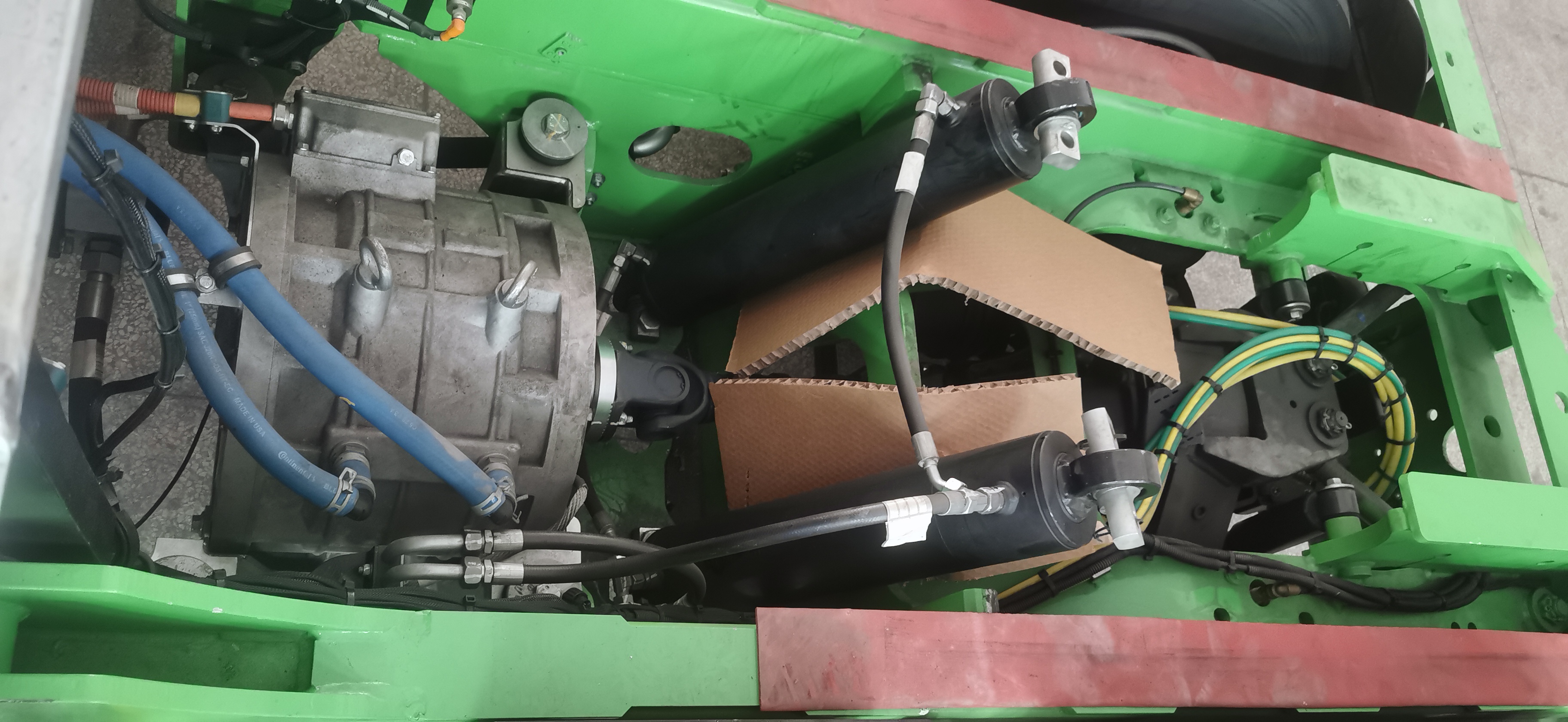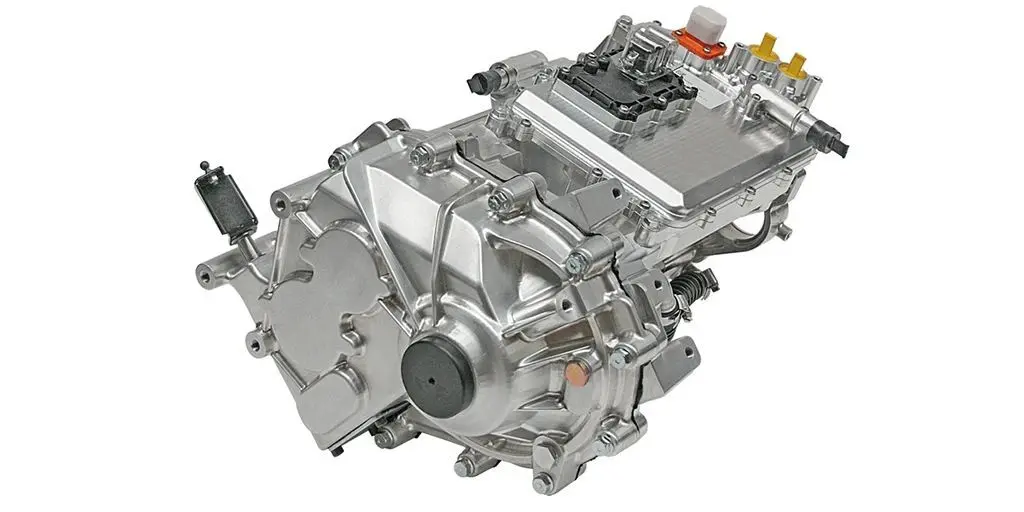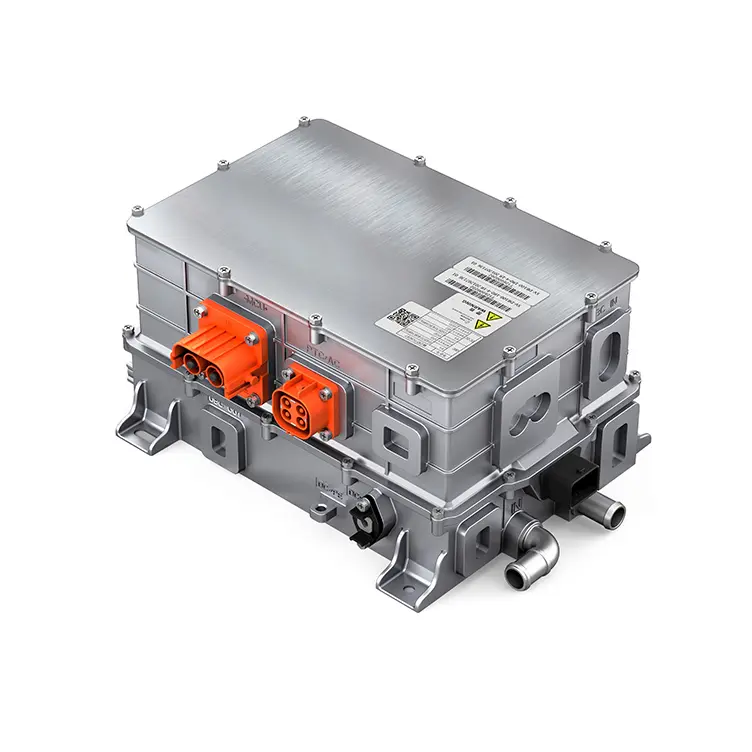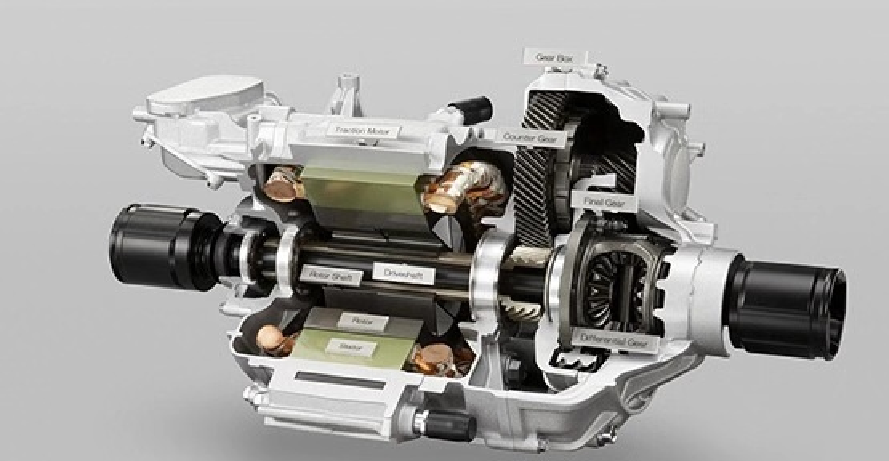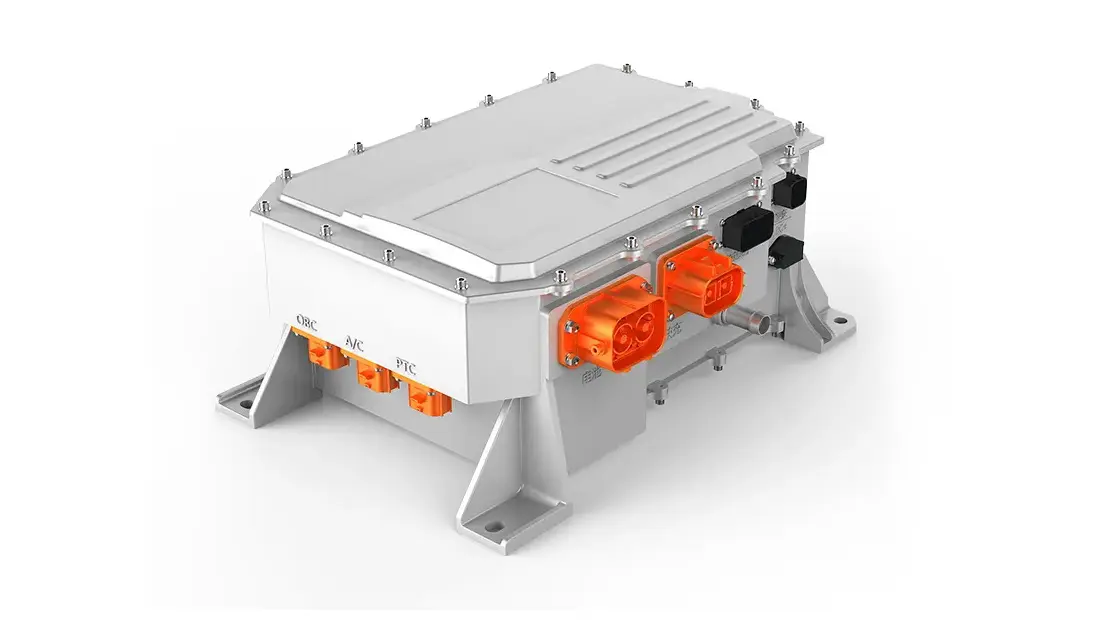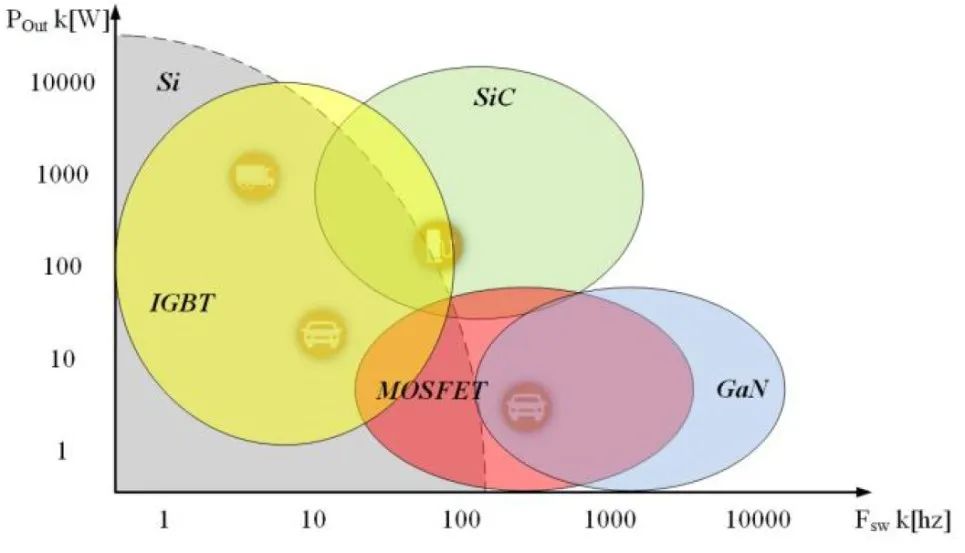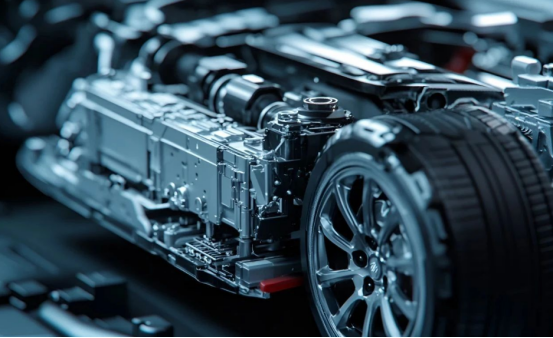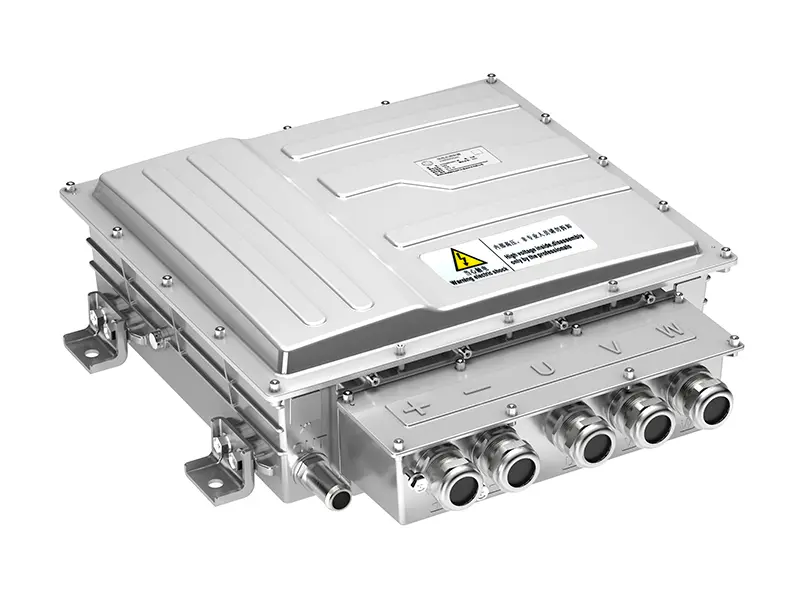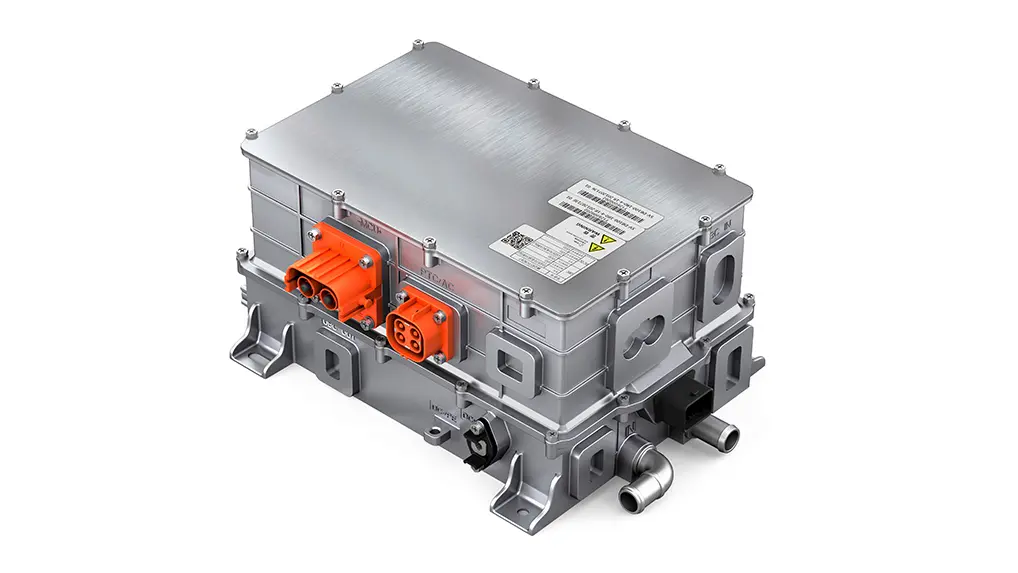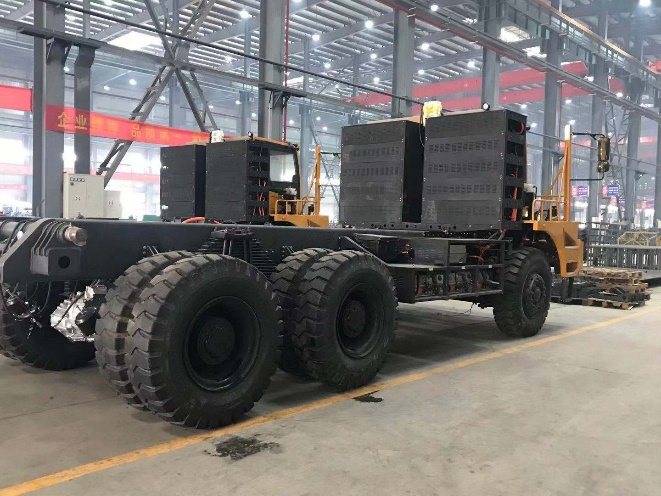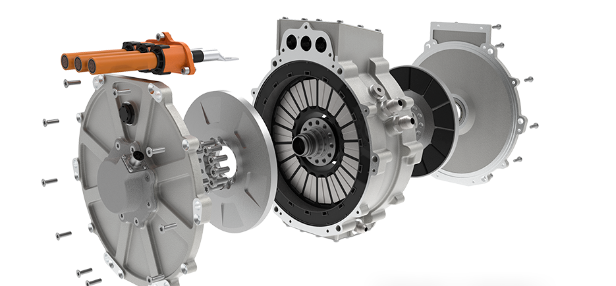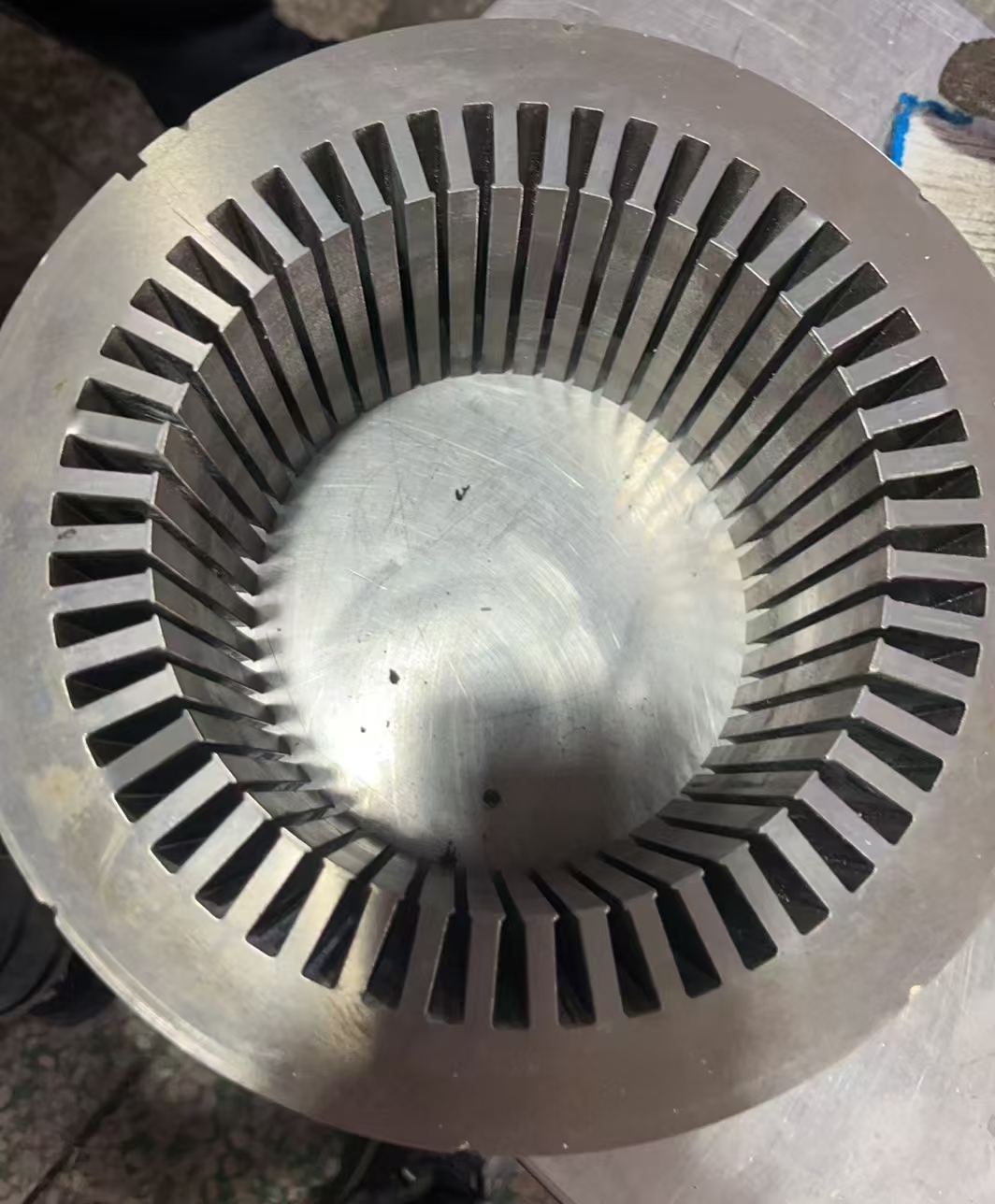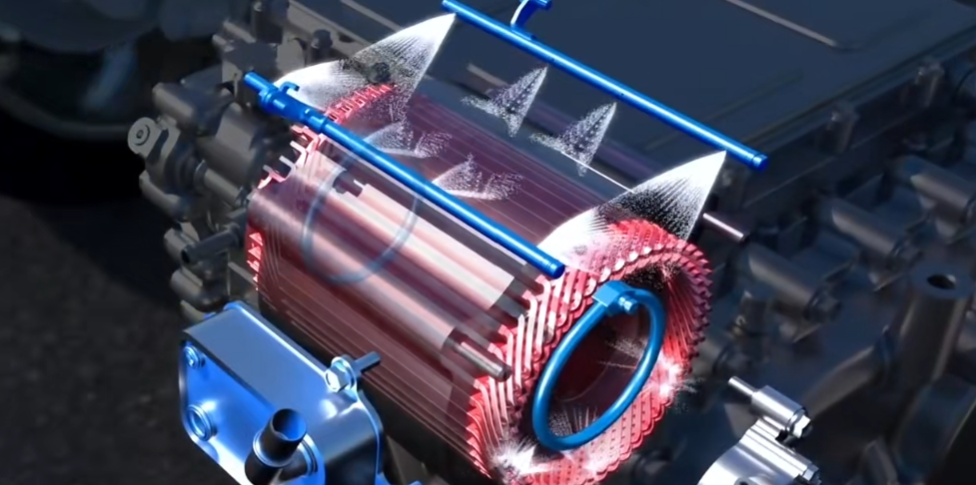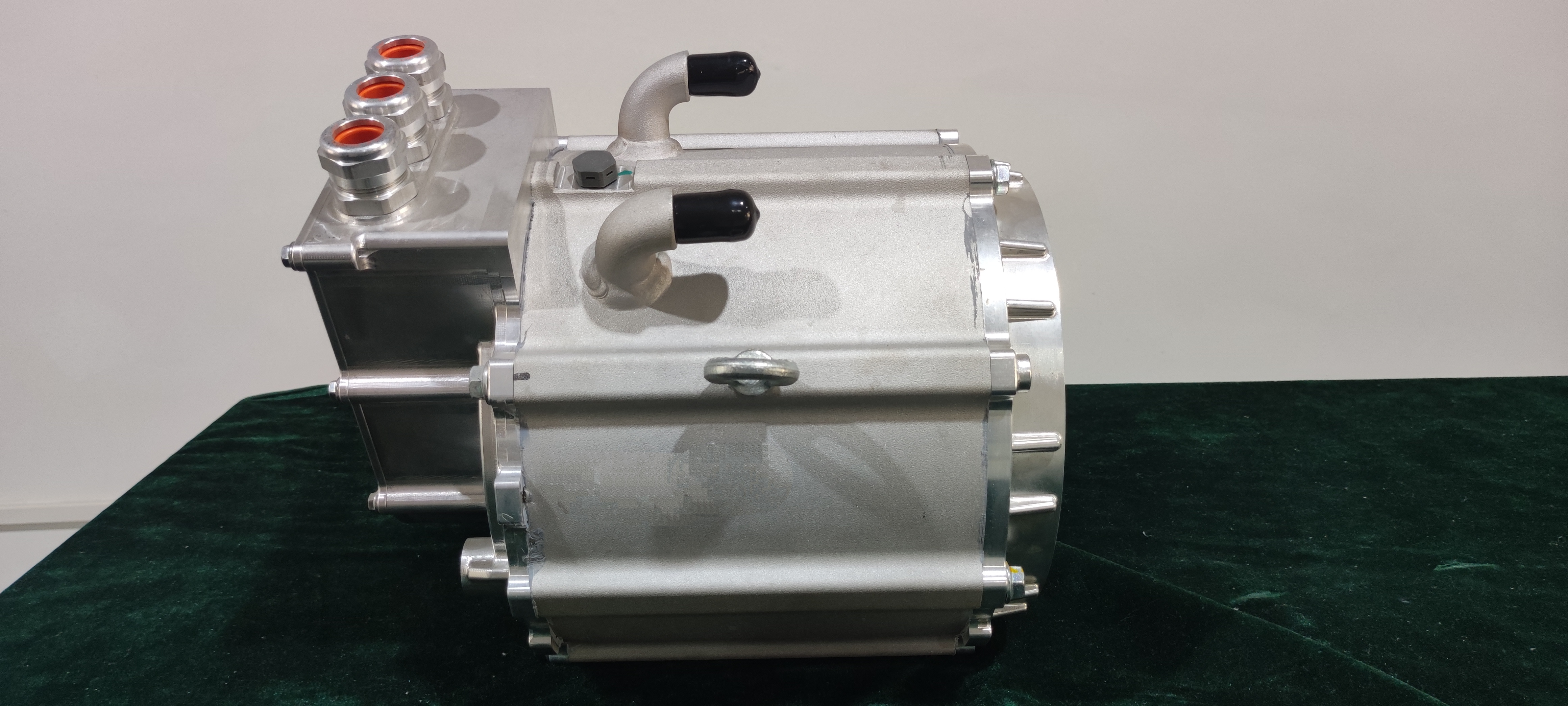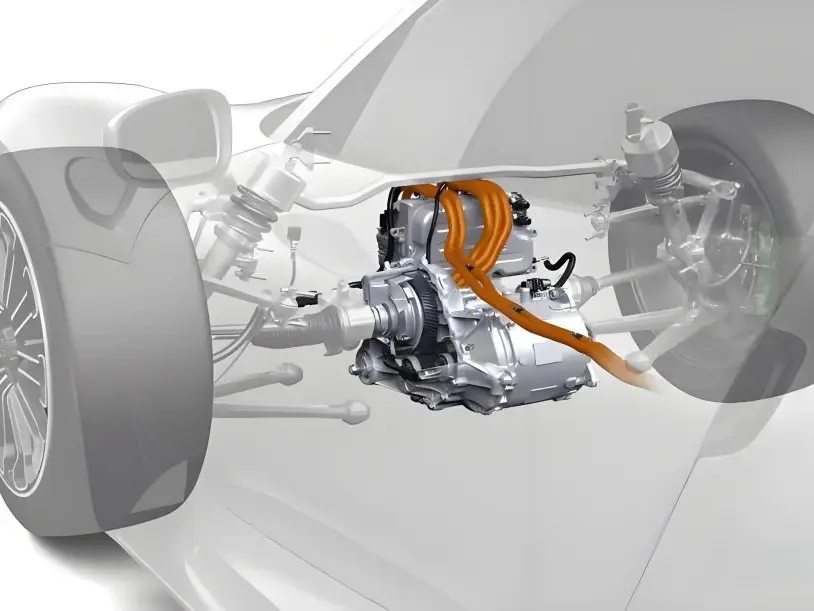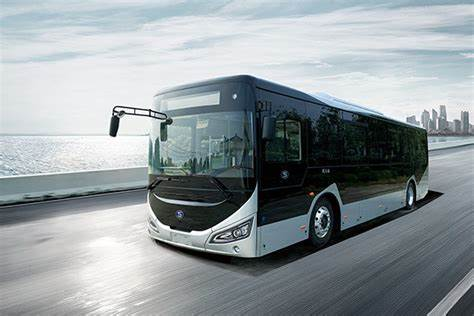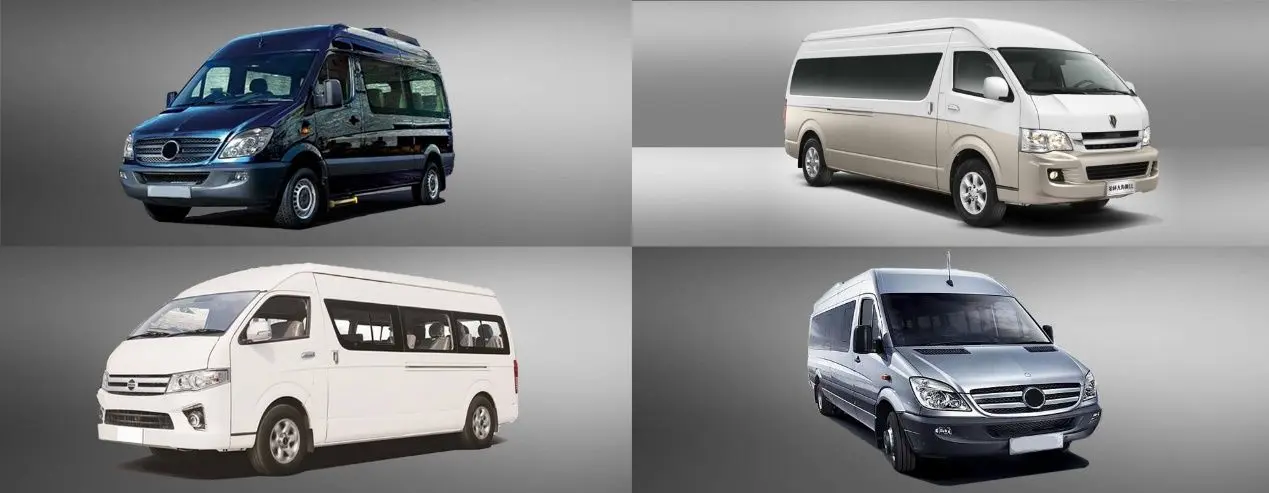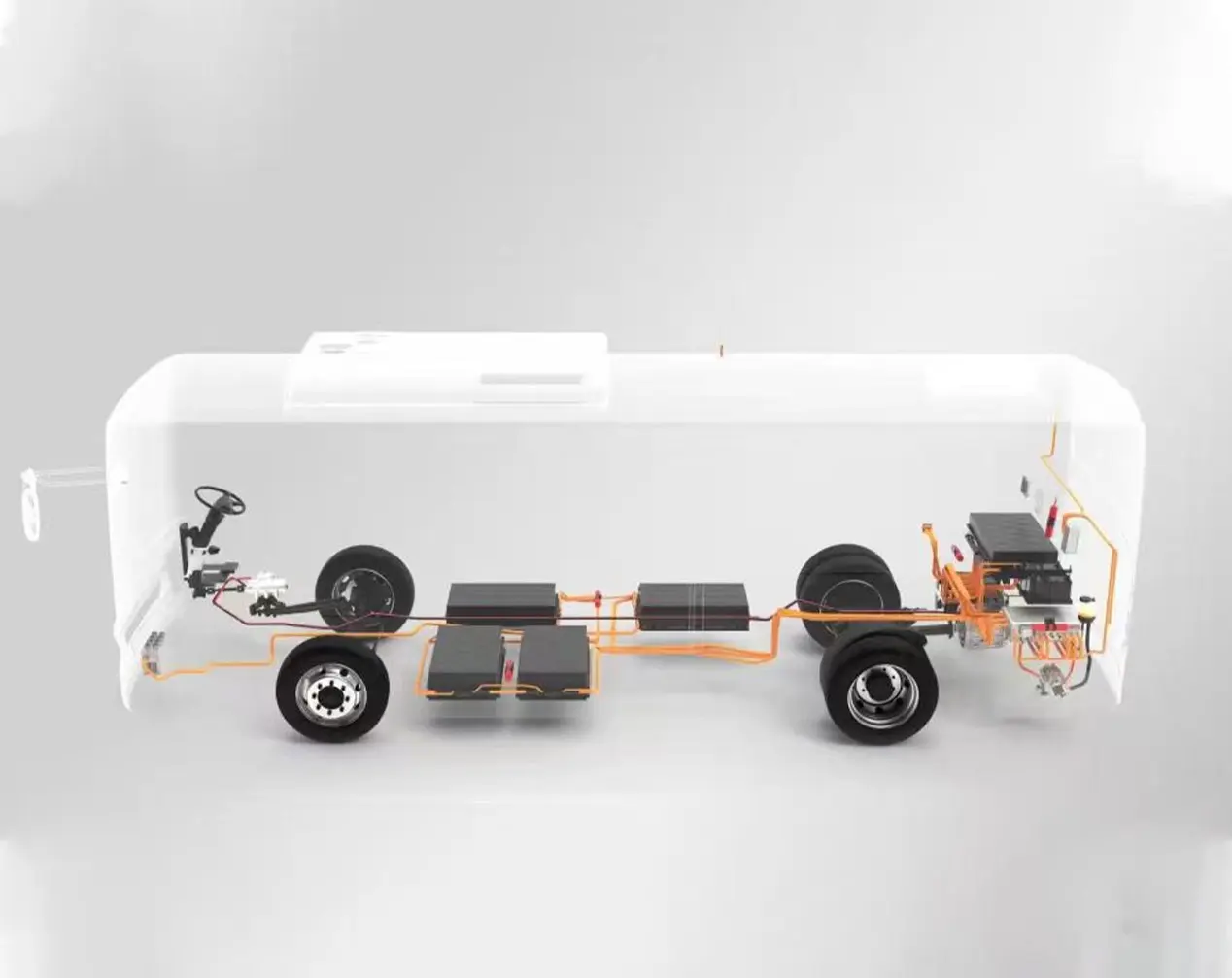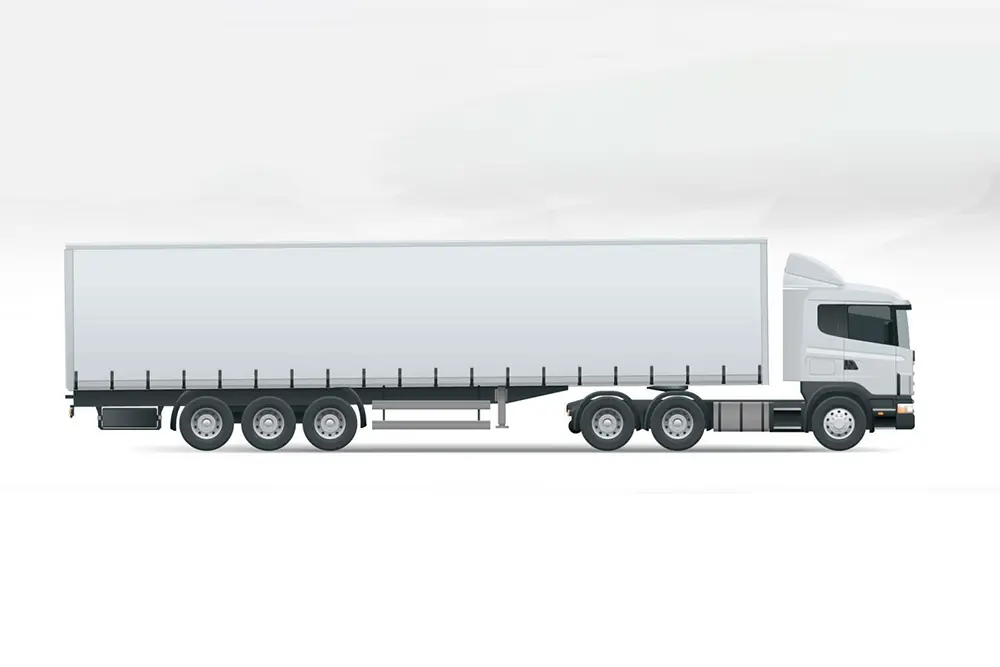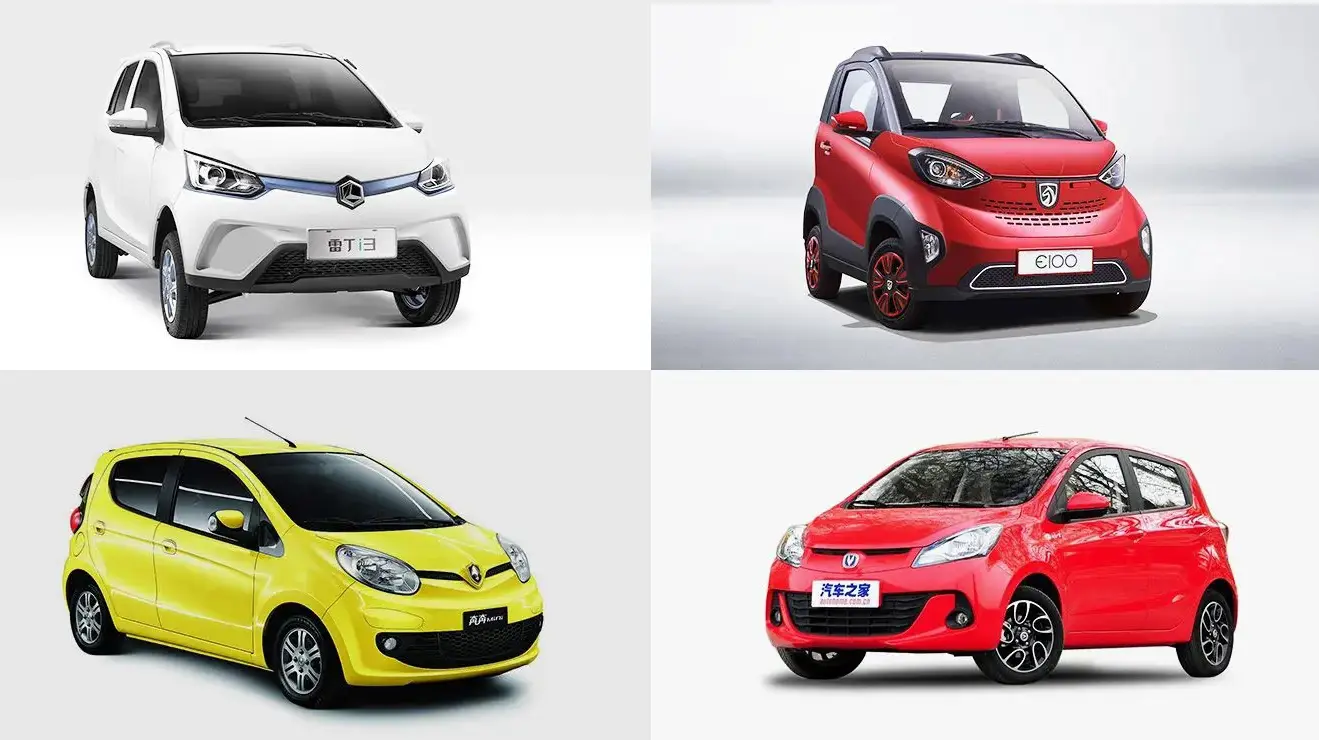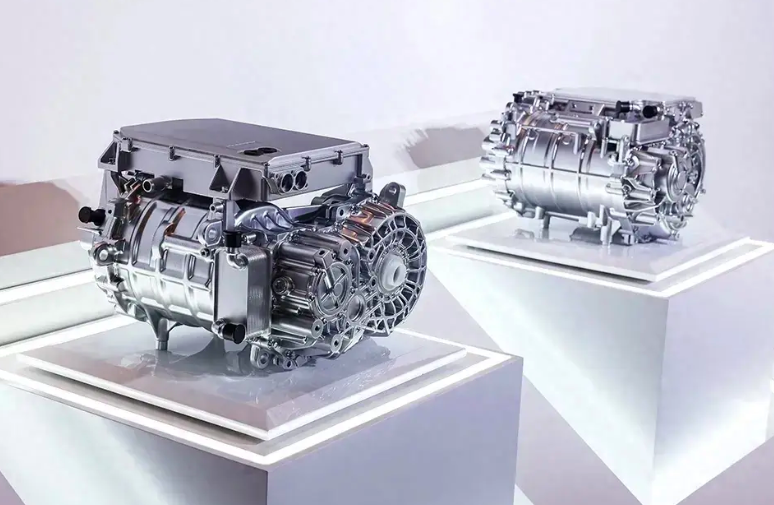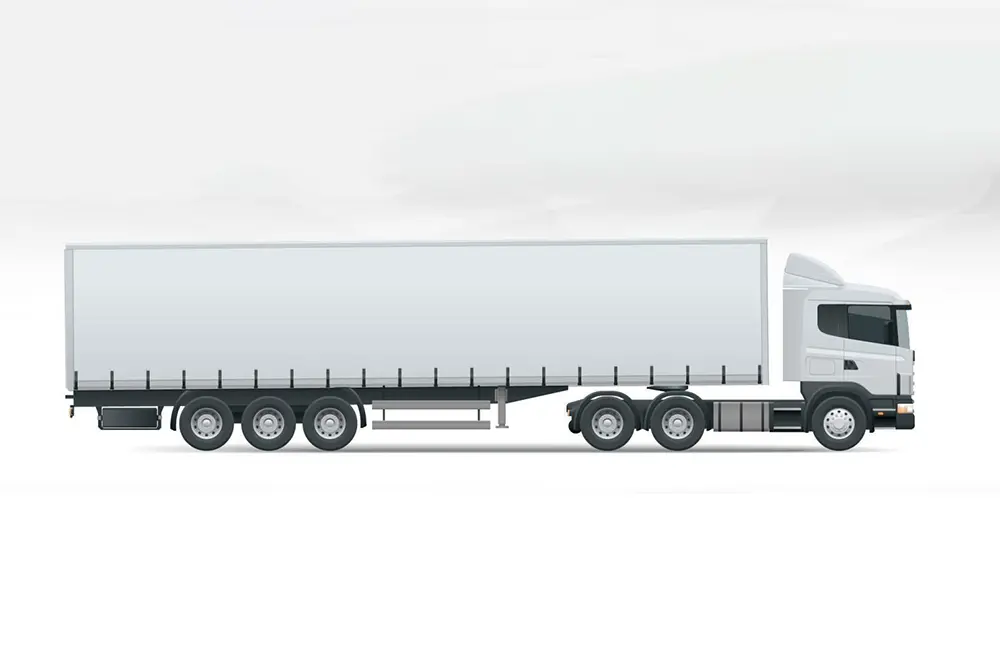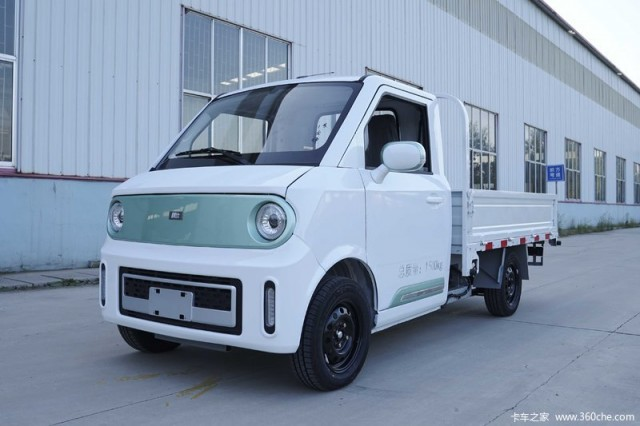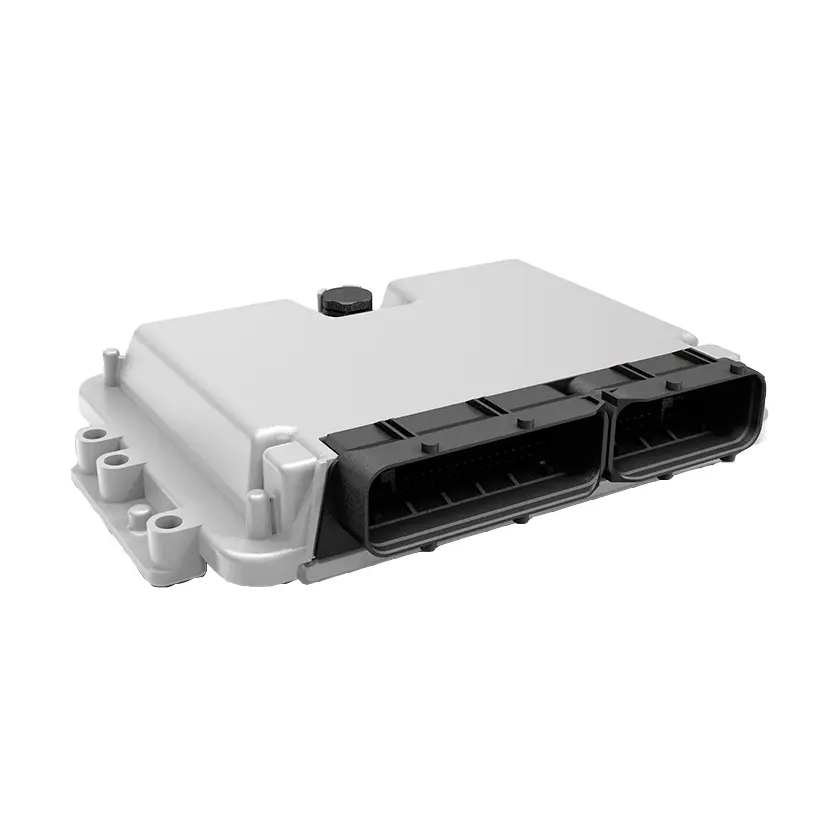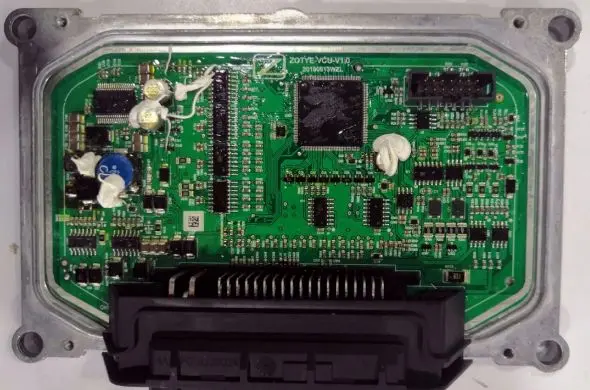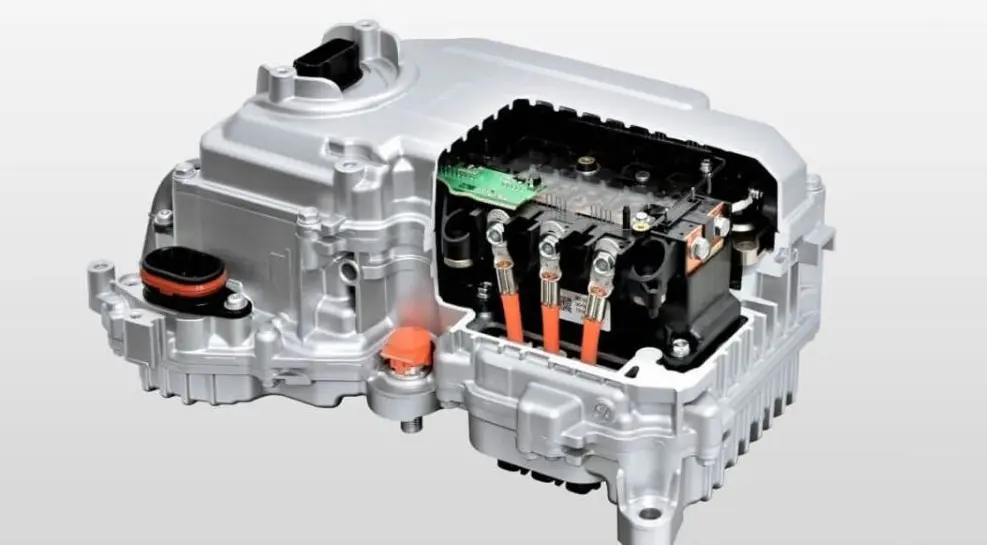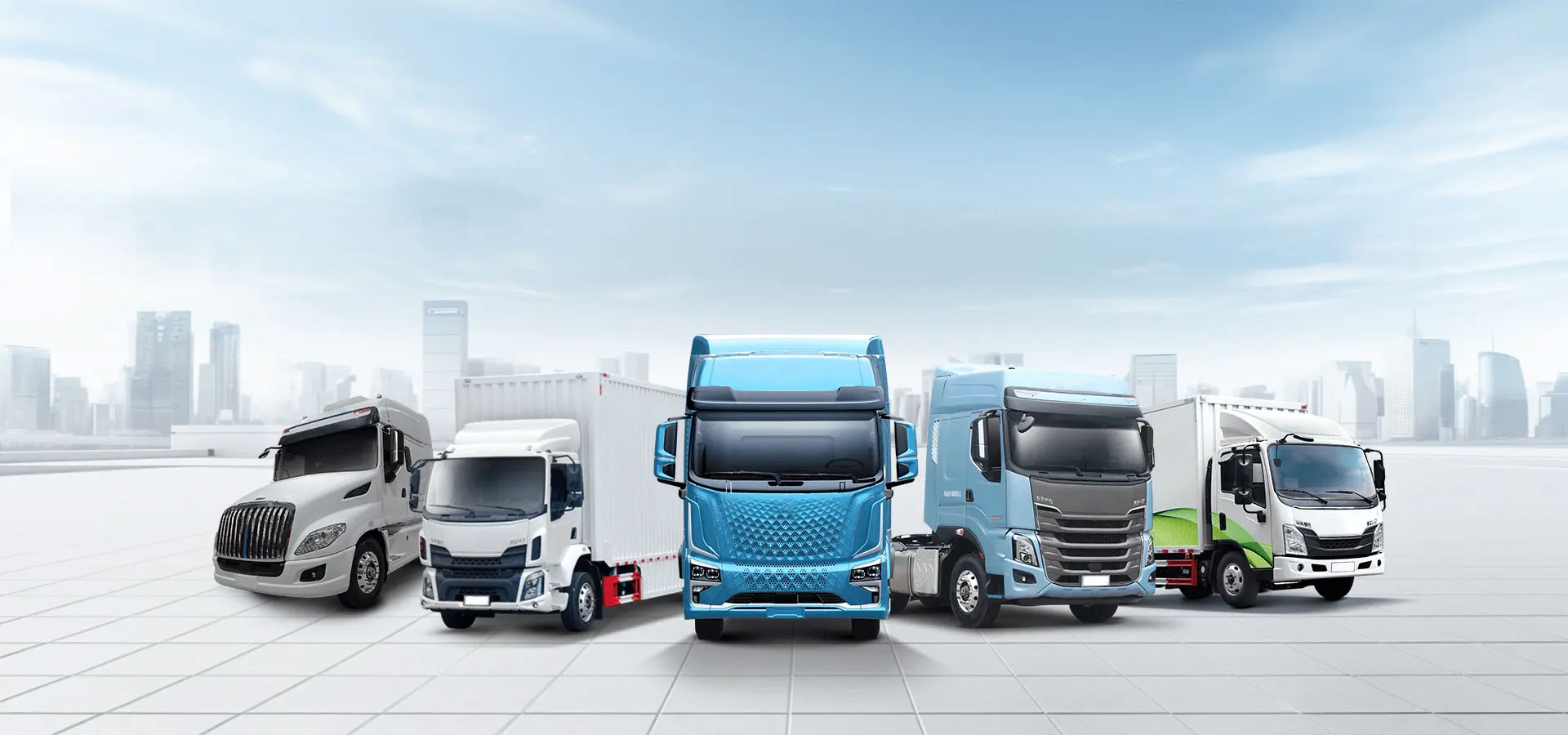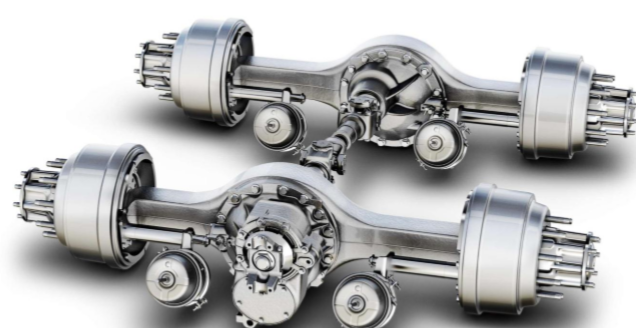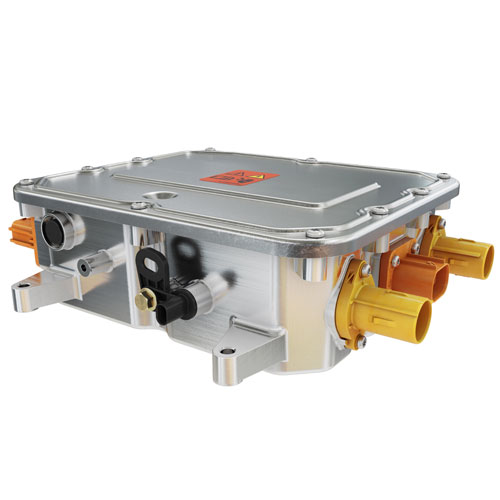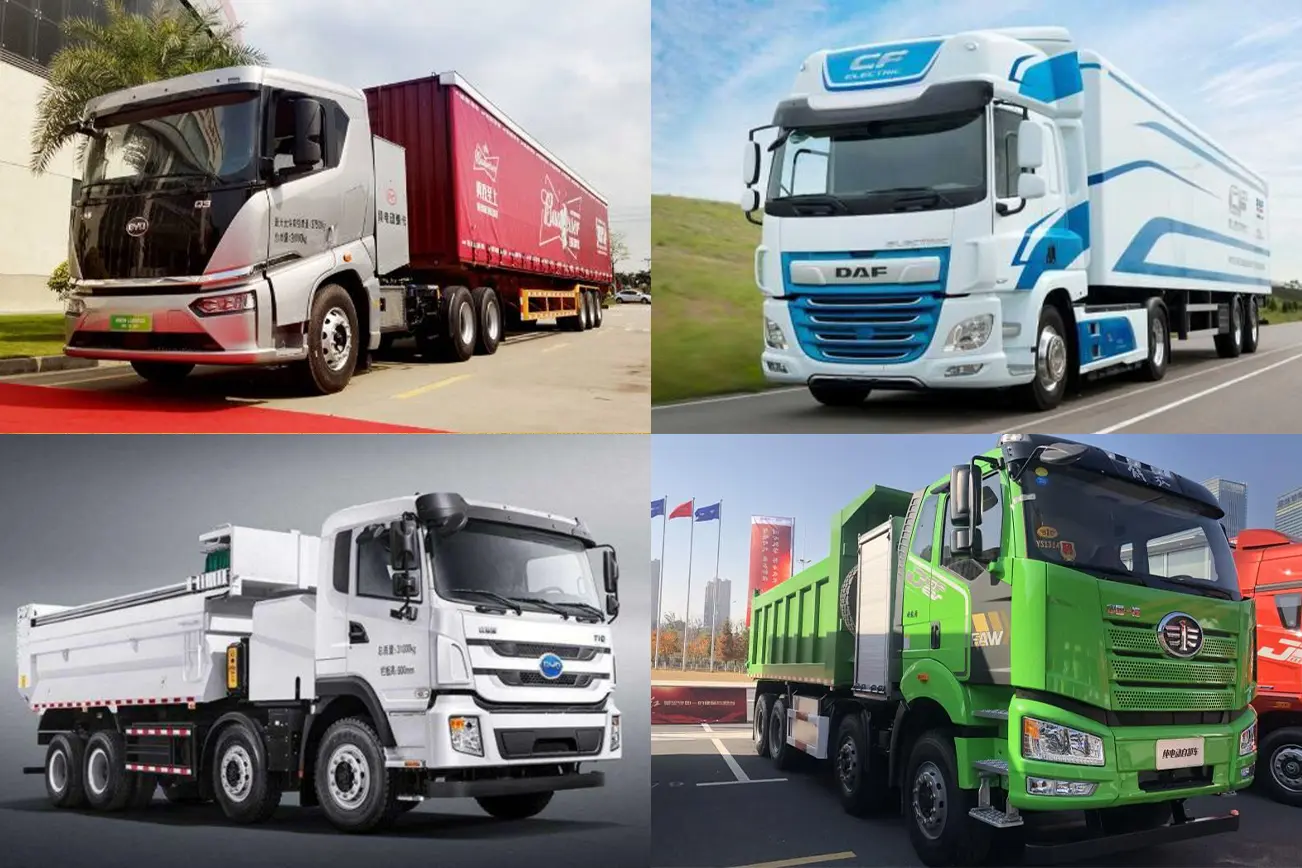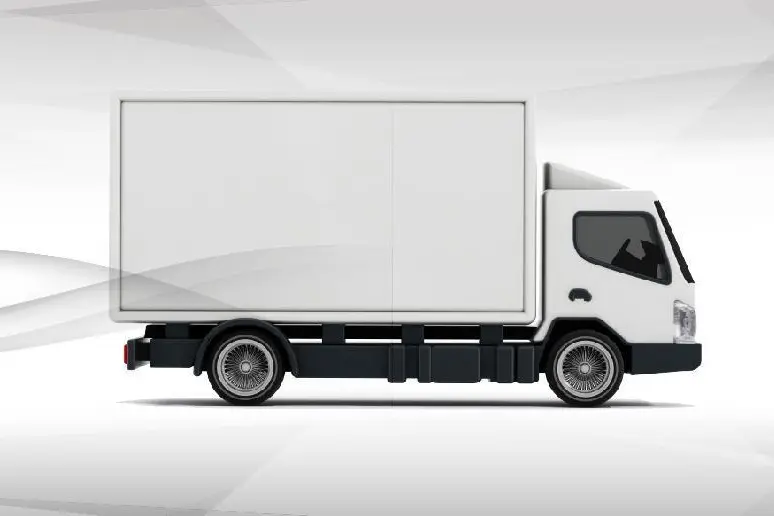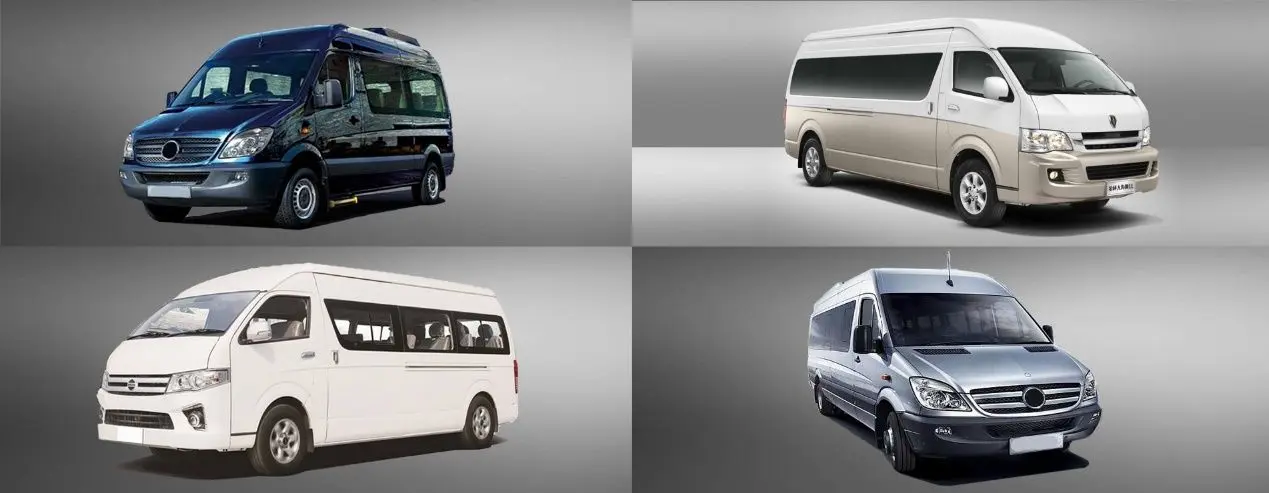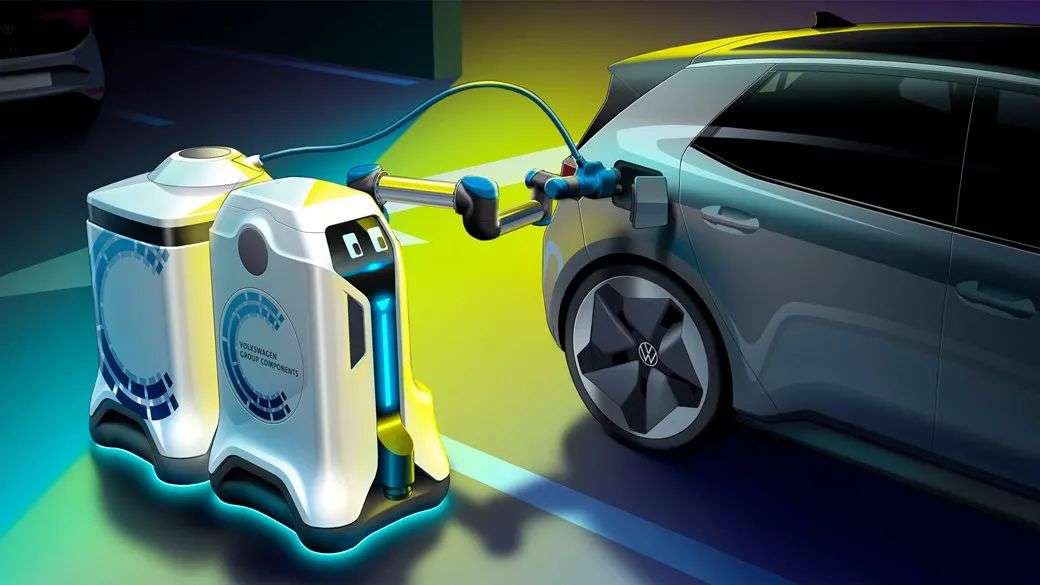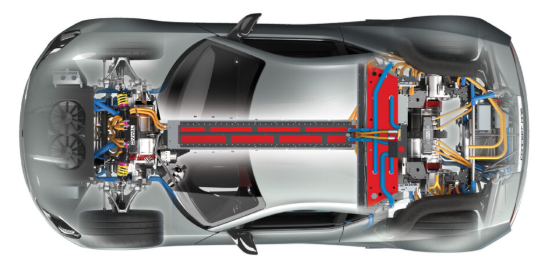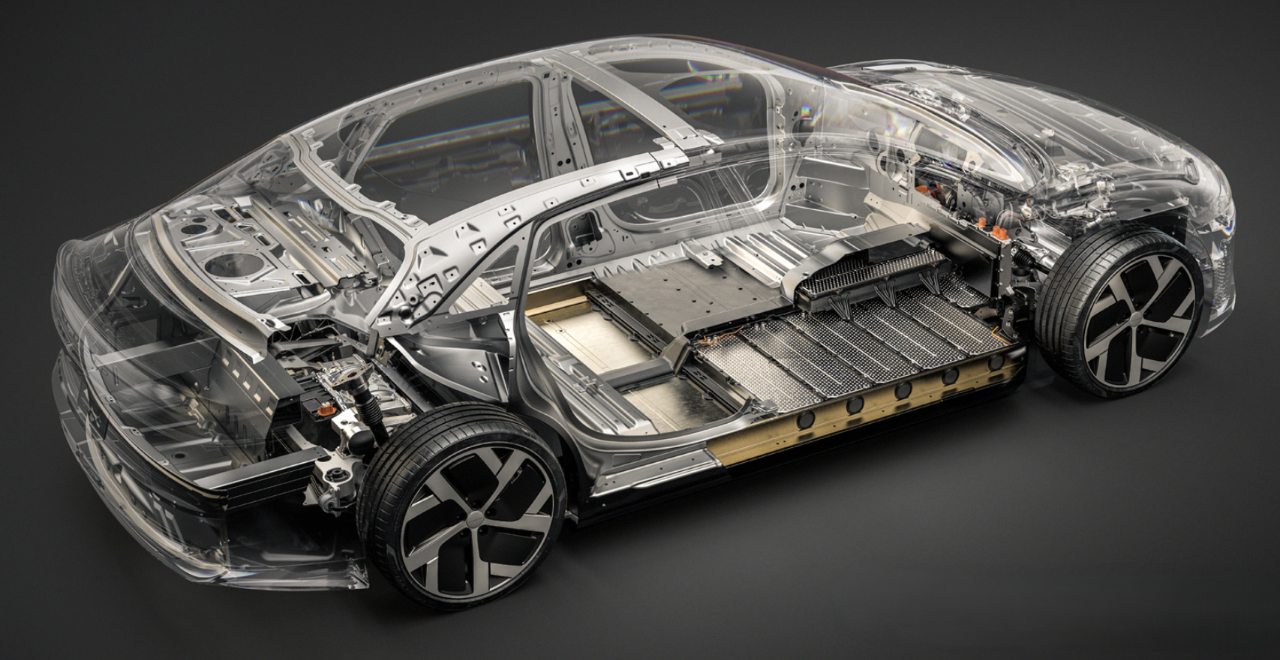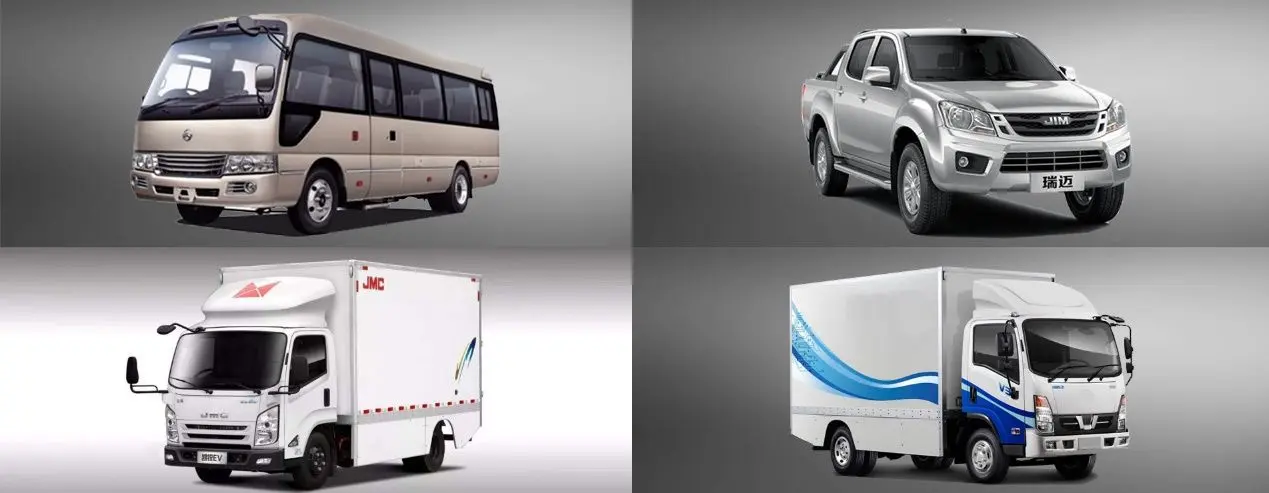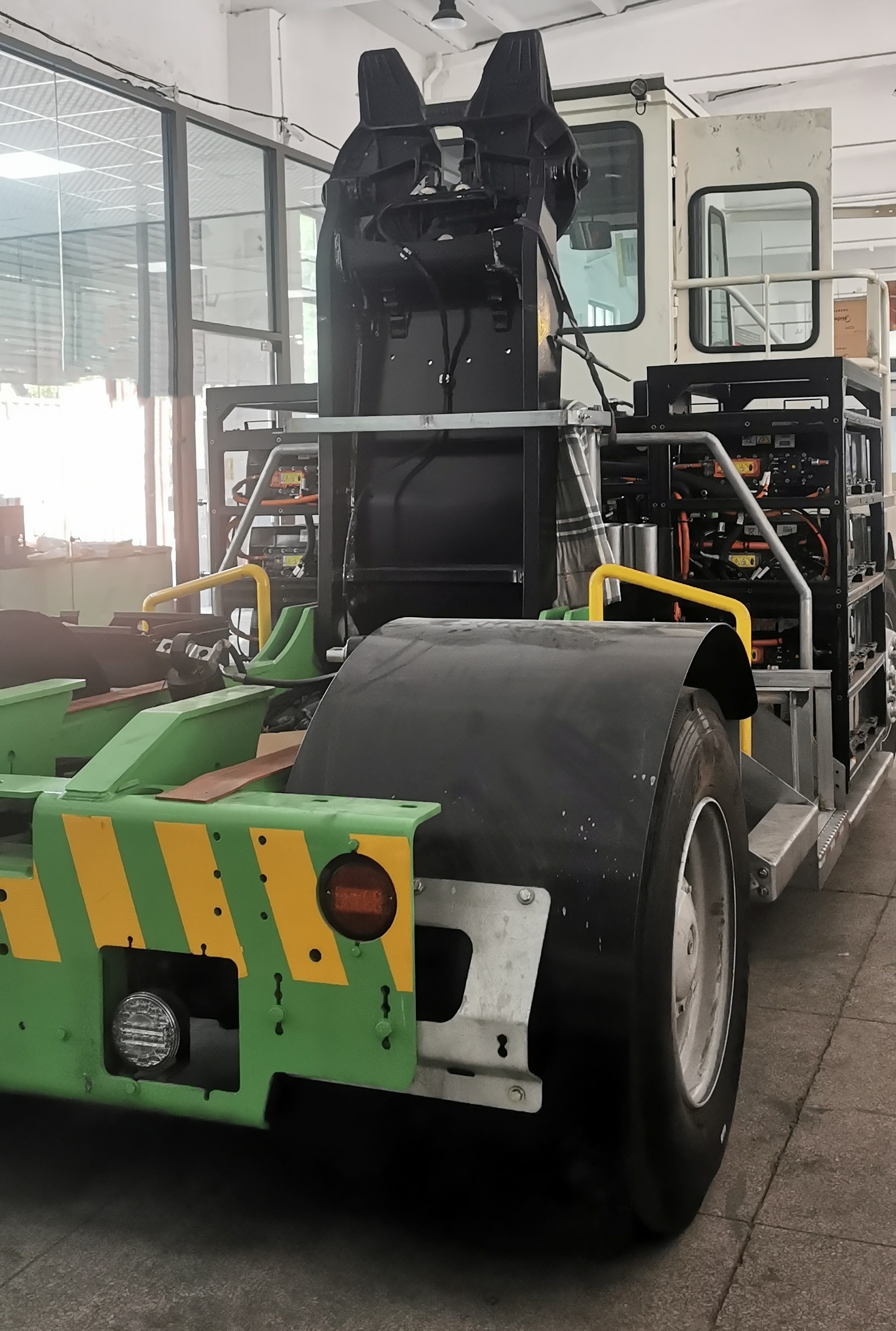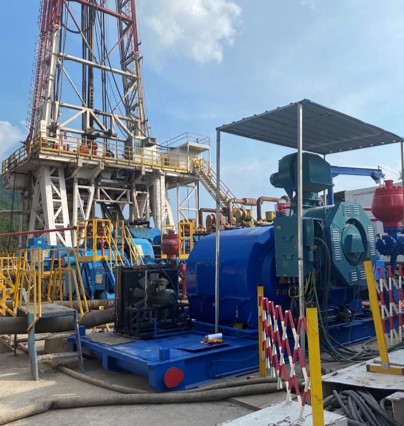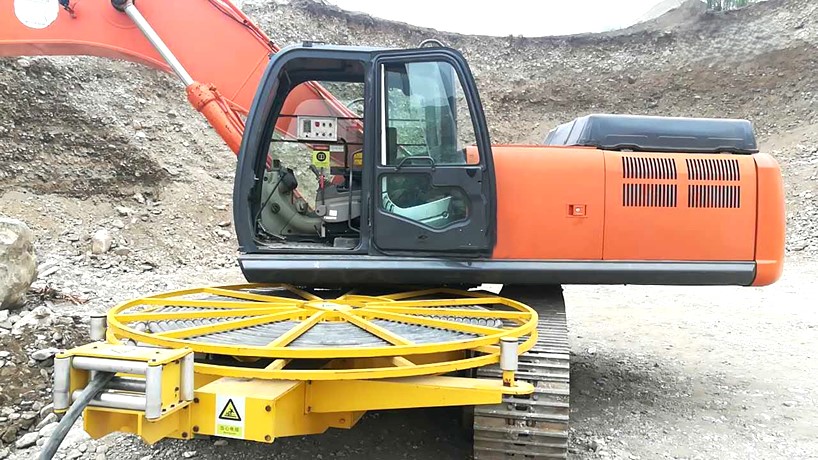Choosing the Best Direct Drive Motor for Your Application
What Is a Direct Drive Motor and How Does It Work?
A direct drive motor is a type of electric motor that delivers torque directly to the load without the need for intermediary components such as gearboxes, belts, or pulleys. Unlike traditional motor systems that require mechanical transmission, direct drive motors connect the rotor straight to the driven part. This design reduces energy loss, minimizes vibration, and provides precise motion control.
Direct drive motors operate by generating electromagnetic fields within the stator that interact with the rotor, producing rotational motion. Because the motor shaft is coupled directly to the application (such as a spindle, wheel, or actuator), mechanical efficiency increases, while noise and maintenance requirements decrease. These motors are particularly valued in industries where accuracy, efficiency, and smooth motion are critical.
Key Benefits of Using a Direct Drive Motor
Higher Efficiency: Eliminating gears or belts minimizes energy loss, resulting in better overall system performance.
Precision Control: Direct drive motors allow for higher positioning accuracy and smoother operation, making them ideal for robotics, CNC machines, and semiconductor equipment.
Reduced Maintenance: With fewer mechanical parts subject to wear, direct drive systems require less upkeep and have longer lifespans.
Compact Design: Removing bulky transmission elements enables smaller, lighter, and more space-efficient equipment designs.
Quiet Operation: The absence of gears or belts significantly lowers noise and vibration, which is essential in medical, laboratory, and consumer electronics applications.
These benefits collectively reduce operating costs, improve reliability, and enhance product performance—making direct drive motors attractive across many industries.
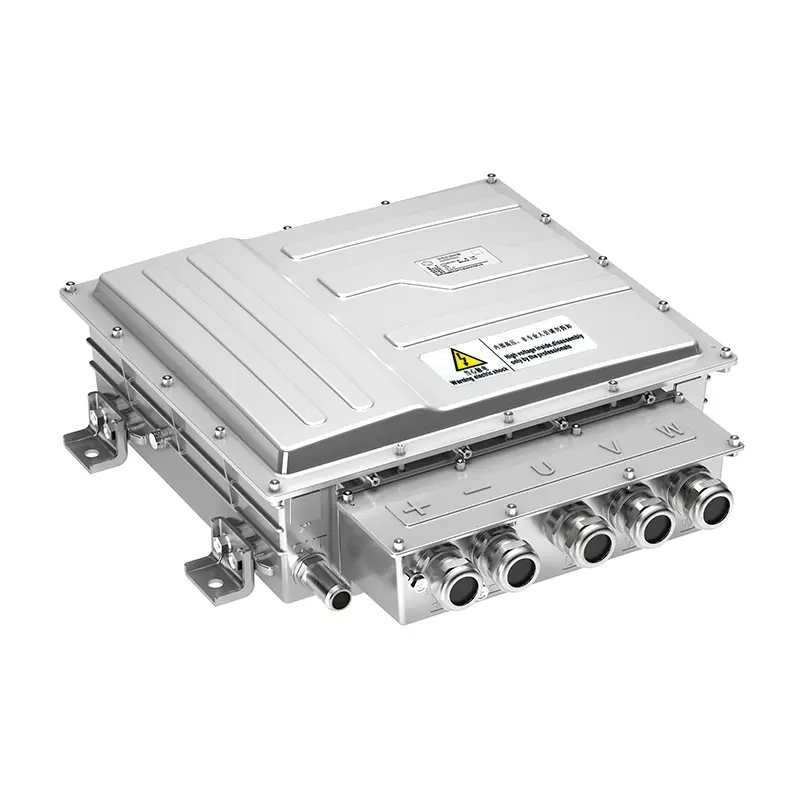
Direct Drive Motor vs Traditional Motor Systems
Traditional motor systems typically use couplings, gearboxes, or belt drives to transfer energy from the motor to the load. While this allows torque and speed adjustments, it introduces mechanical complexity and energy loss. Direct drive motors eliminate these intermediary components.
Efficiency: Direct drive motors waste less energy compared to systems with gear losses.
Precision: They offer higher resolution and accuracy due to the direct connection.
Maintenance: Traditional systems require regular lubrication and part replacements; direct drive motors minimize these needs.
Cost Tradeoff: While direct drive motors may have higher upfront costs, they often lower lifecycle expenses by reducing maintenance and improving efficiency.
For applications demanding precision, quiet operation, and reliability, direct drive motors outperform traditional setups. However, in high-torque, low-speed heavy machinery, gear-driven systems may still be more economical.
Types of Direct Drive Motors Available in the Market
Torque Motors: Provide high torque at low speeds without a gearbox. Common in robotics, machine tools, and rotary tables.
Linear Direct Drive Motors: Deliver linear motion without screws or belts, widely used in automation, packaging, and semiconductor equipment.
Spindle Motors: Designed for high-speed rotation, typically used in CNC machining centers, hard drives, and medical imaging devices.
Axial Flux Motors: Compact and efficient motors with high torque density, increasingly popular in electric vehicles and aerospace applications.
Radial Flux Motors: More traditional design, used where durability and established engineering practices are preferred.
The choice between these types depends on factors like speed, torque, size constraints, and the type of motion (rotary vs linear) required.
Factors to Consider When Choosing a Direct Drive Motor
Torque and Speed Requirements: Match the motor’s capabilities with the application’s demand.
Size and Form Factor: Ensure the motor fits within your machine’s design constraints.
Control System Compatibility: The motor must integrate seamlessly with your drive electronics and feedback system.
Thermal Management: Consider cooling requirements to avoid overheating in high-duty cycles.
Cost vs. Lifecycle Value: While direct drive motors may be more expensive upfront, their efficiency and reliability can justify long-term investment.
Application Environment: Evaluate exposure to dust, vibration, moisture, or temperature extremes, as these factors may affect motor performance.
Selecting the right motor is about balancing performance, integration, and economic considerations.
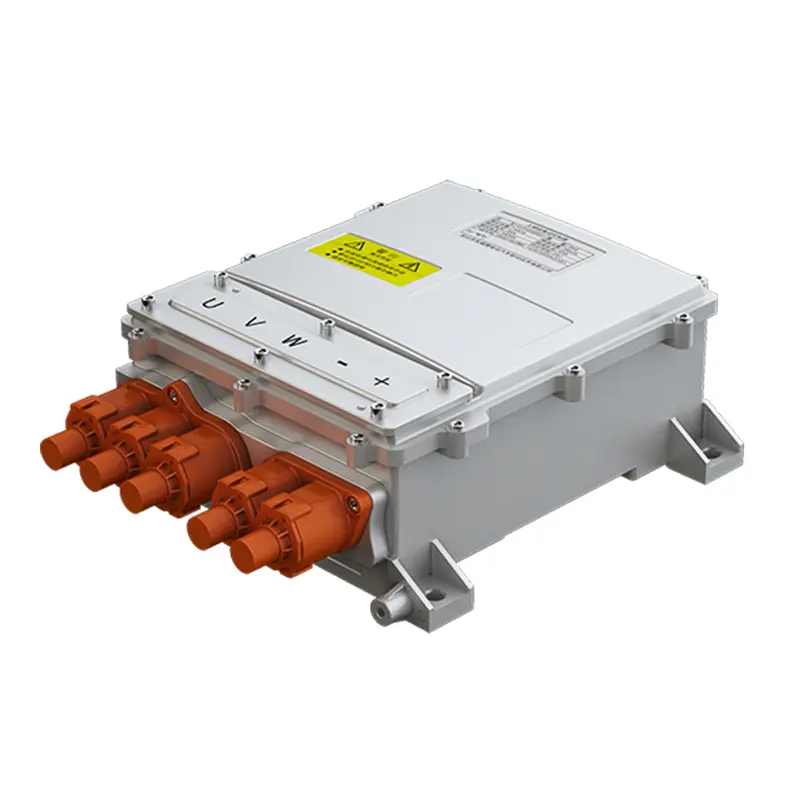
Applications of Direct Drive Motors in Different Industries
Robotics: Enable precise, smooth, and flexible movement for industrial robots and collaborative robots (cobots).
CNC and Machine Tools: Provide high-precision spindle rotation and direct torque for rotary tables, improving machining accuracy.
Semiconductor Manufacturing: Used in wafer handling, lithography equipment, and inspection systems due to their accuracy and vibration-free operation.
Medical Devices: Essential in MRI machines, surgical robots, and lab automation equipment where silent and precise motion is required.
Renewable Energy: Applied in wind turbines to eliminate gearboxes, reducing maintenance and improving reliability.
Consumer Electronics: Found in HDD spindles, high-end speakers, and other compact devices requiring silent precision.
Automotive & EVs: Increasingly used in electric vehicle drivetrains for compactness and torque density.
This diversity highlights the adaptability of direct drive technology across multiple sectors.
Common Challenges and Limitations of Direct Drive Motors
Higher Initial Cost: Direct drive motors typically cost more upfront compared to conventional systems.
Torque Limitations: For very high-torque applications at low speeds, traditional gear-driven systems may still be more practical.
Control Complexity: They require advanced motor controllers and feedback systems, increasing system integration complexity.
Thermal Management Issues: Without proper cooling, direct drive motors can overheat in continuous heavy-duty applications.
Form Factor Constraints: Their compactness can be an advantage, but it also limits design flexibility for certain applications.
Understanding these limitations ensures that users can plan accordingly and implement solutions (e.g., advanced cooling or hybrid systems) when necessary.
Latest Innovations in Direct Drive Motor Technology
High-Torque Density Designs: Advances in materials and magnetic structures are boosting torque output without increasing size.
Integration with Advanced Sensors: Built-in encoders and feedback systems are improving control precision.
Use of New Materials: Developments in permanent magnet technology and composite materials are enhancing efficiency and durability.
Cooling Innovations: Liquid cooling and improved thermal paths are enabling continuous operation under higher loads.
AI-Driven Motor Control: Smarter controllers use machine learning to optimize performance and predictive maintenance.
Electric Vehicle Applications: Axial flux direct drive motors are being tested for mainstream EV use, promising higher efficiency and lightweight designs.
These innovations are rapidly expanding the scope of direct drive motors and making them more accessible to industries that once relied on conventional systems.
Maintenance and Longevity of a Direct Drive Motor
One of the strongest advantages of direct drive motors is their low maintenance requirement. With no belts, pulleys, or gearboxes to wear out, downtime is minimized. The primary maintenance tasks usually involve:
Regular inspection of electrical connections.
Monitoring temperature and vibration to prevent thermal or mechanical stress.
Ensuring the feedback sensors (encoders, resolvers) remain calibrated and clean.
In general, direct drive motors can last significantly longer than traditional systems because mechanical wear is minimized. Their longevity makes them especially attractive for industries where uptime and reliability directly impact productivity and profitability.











